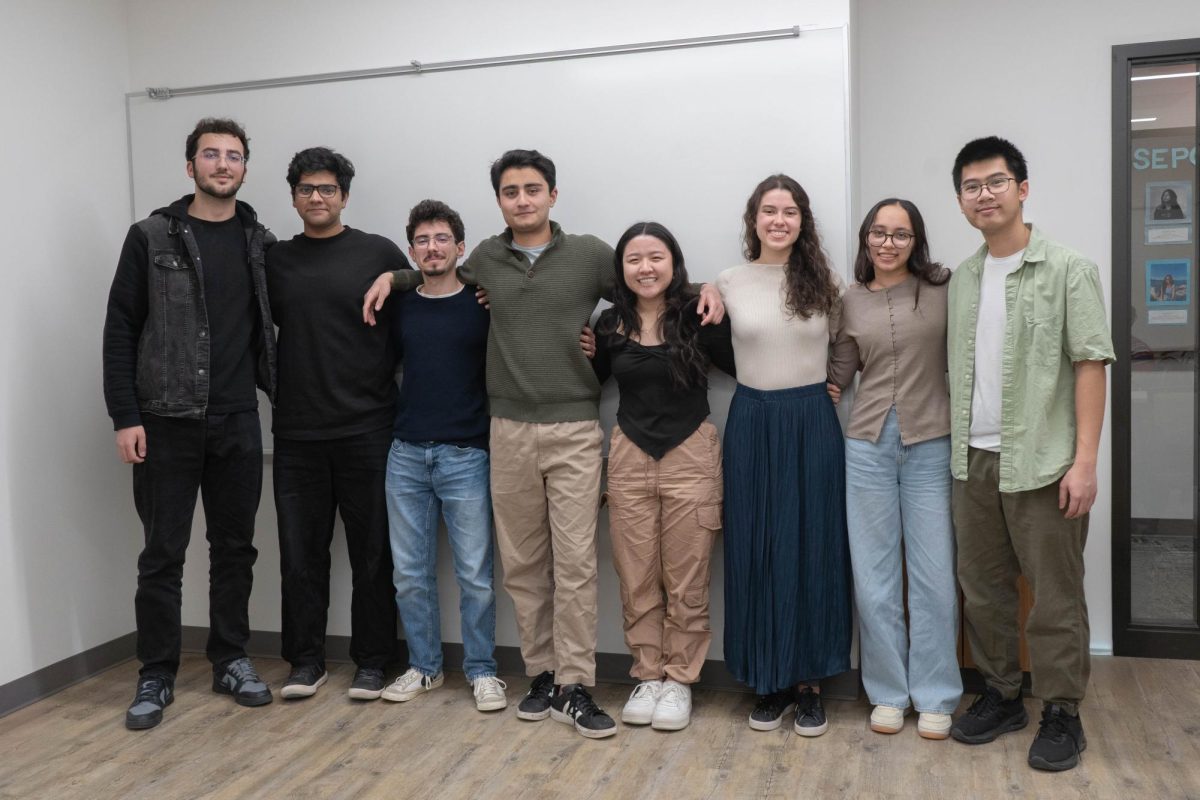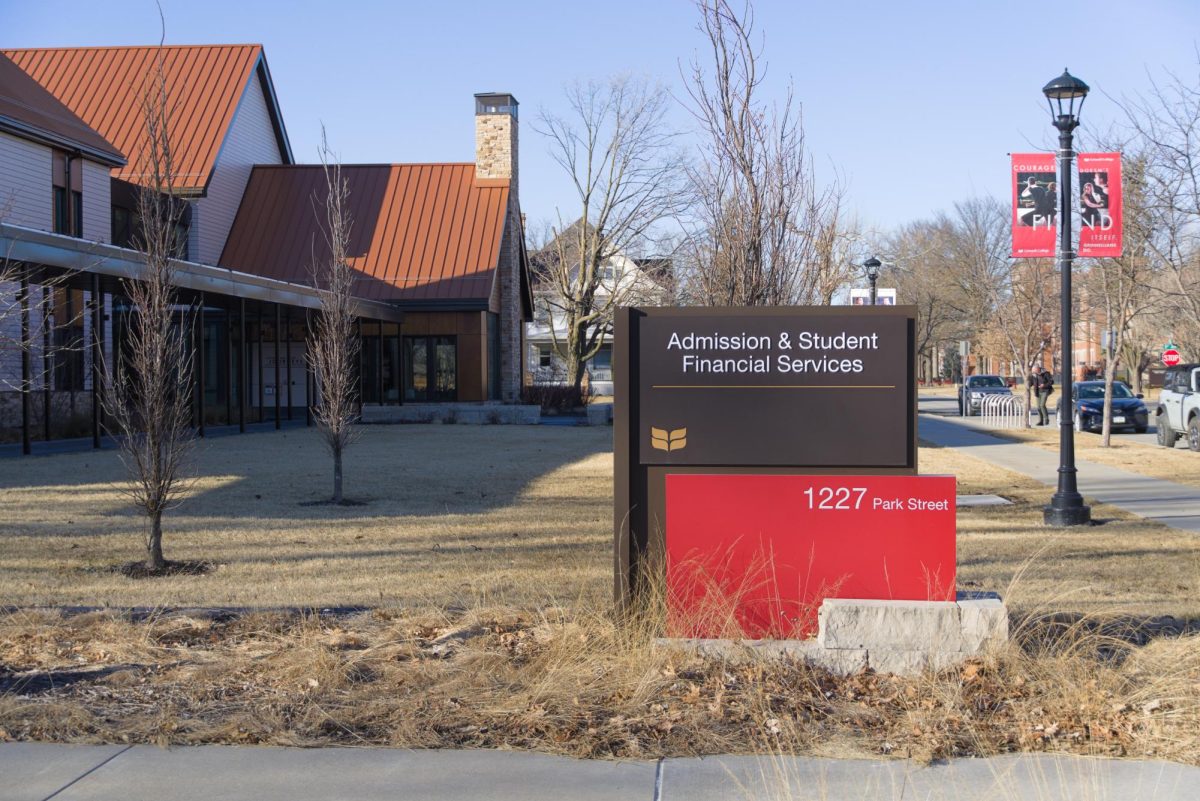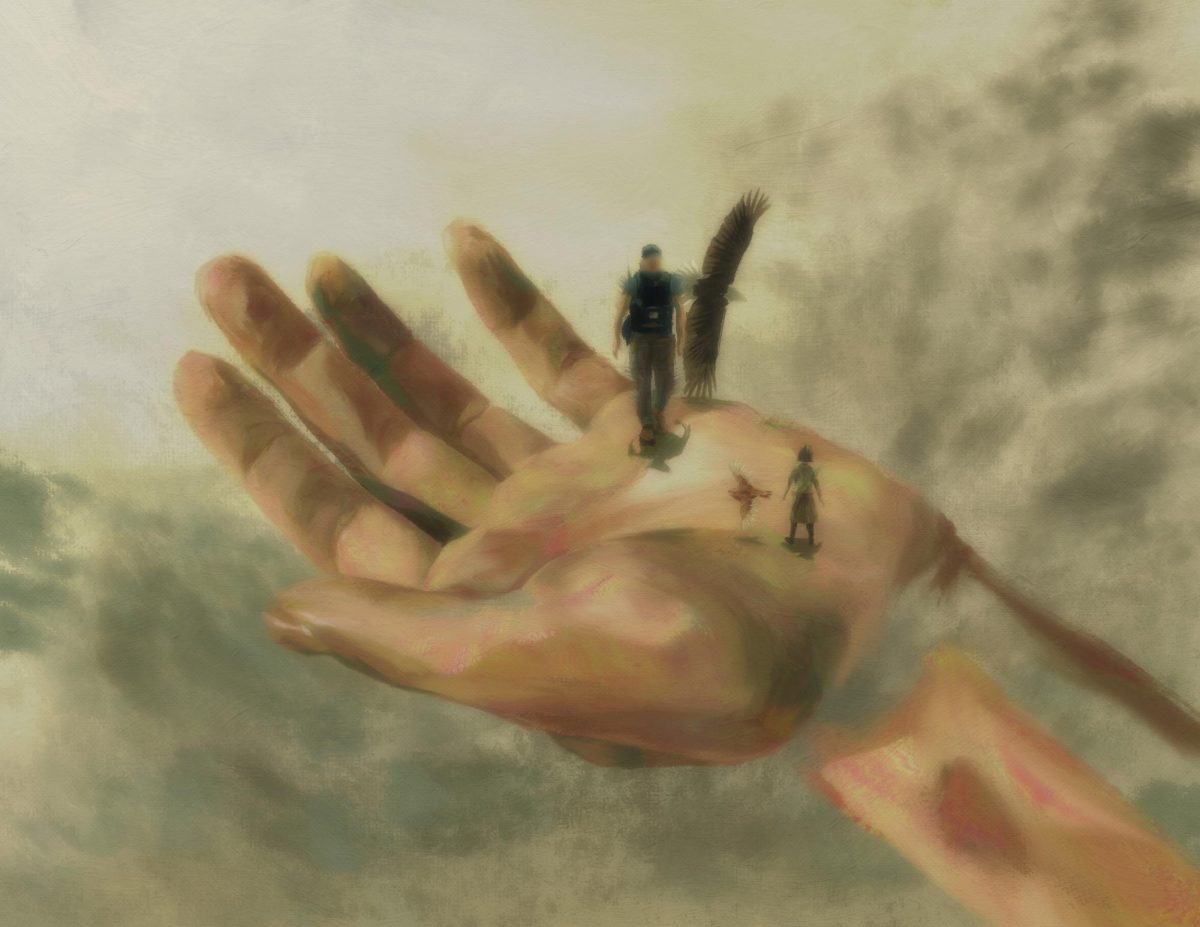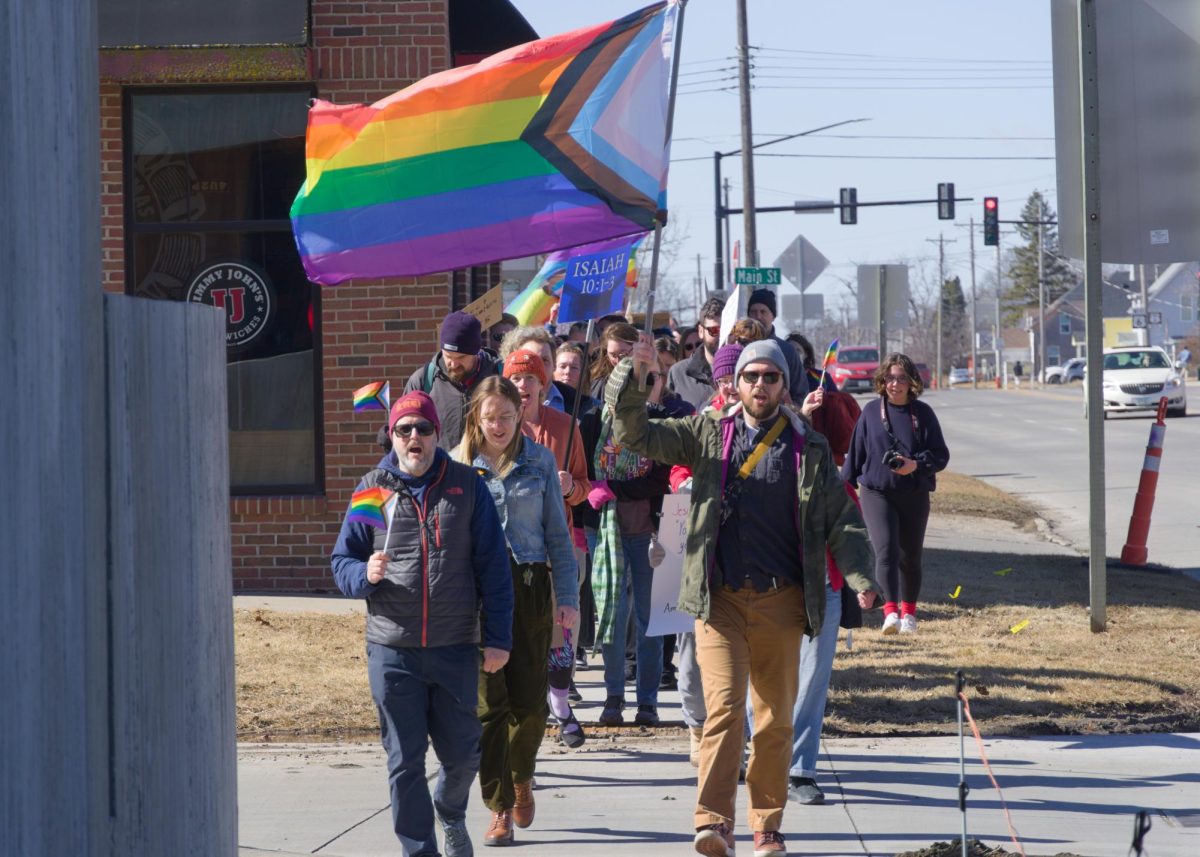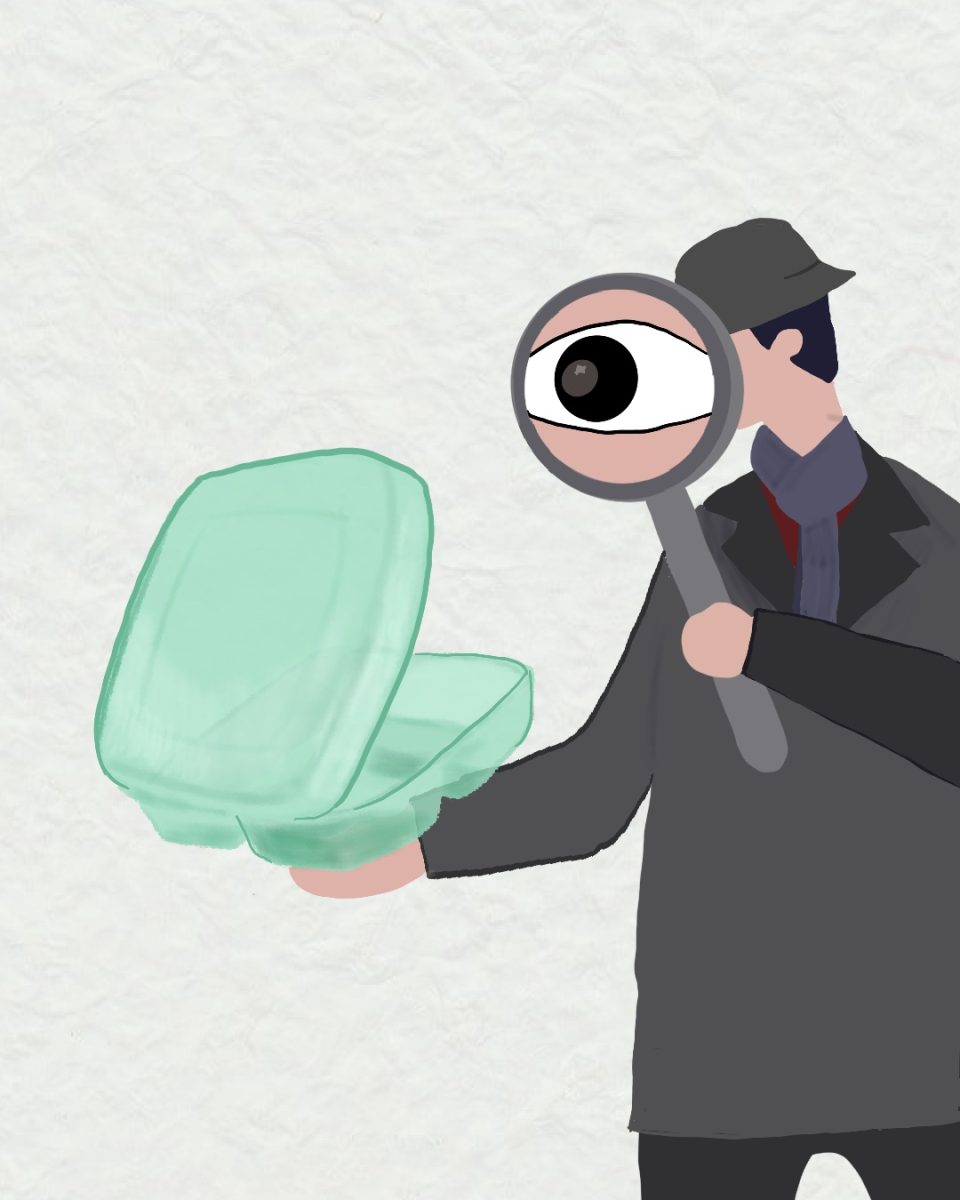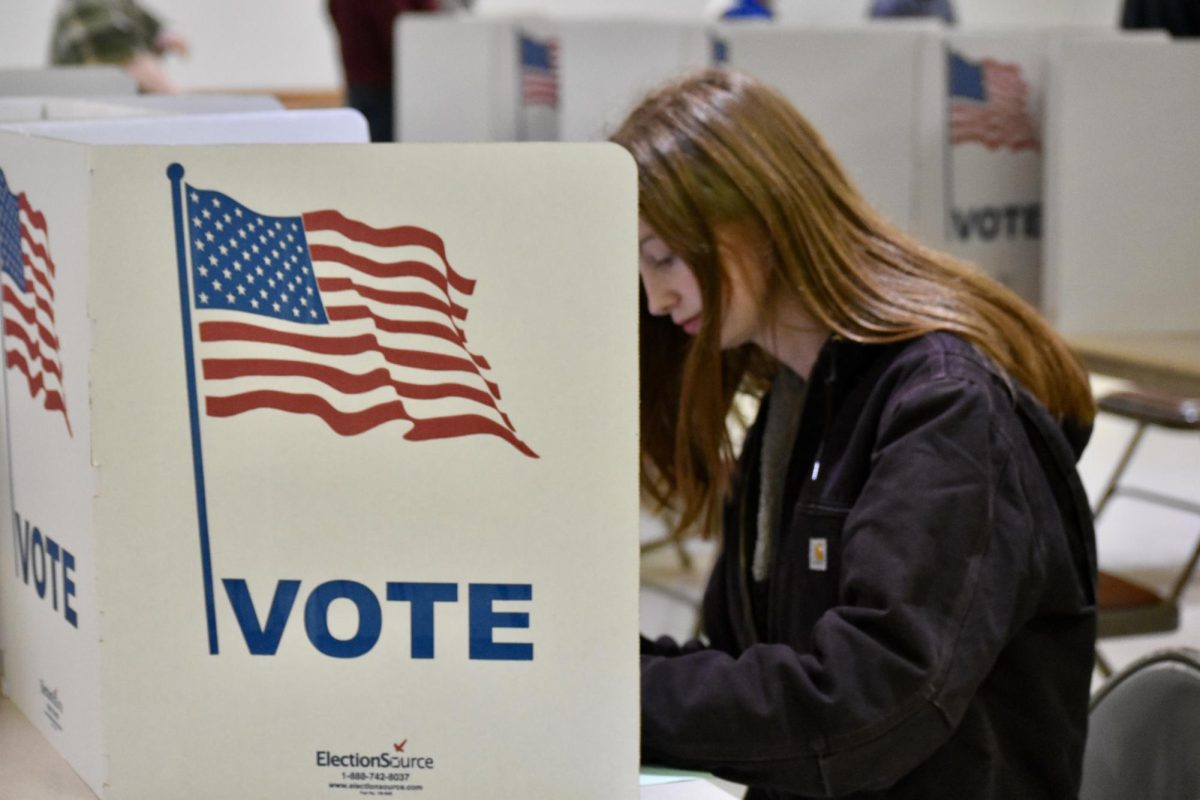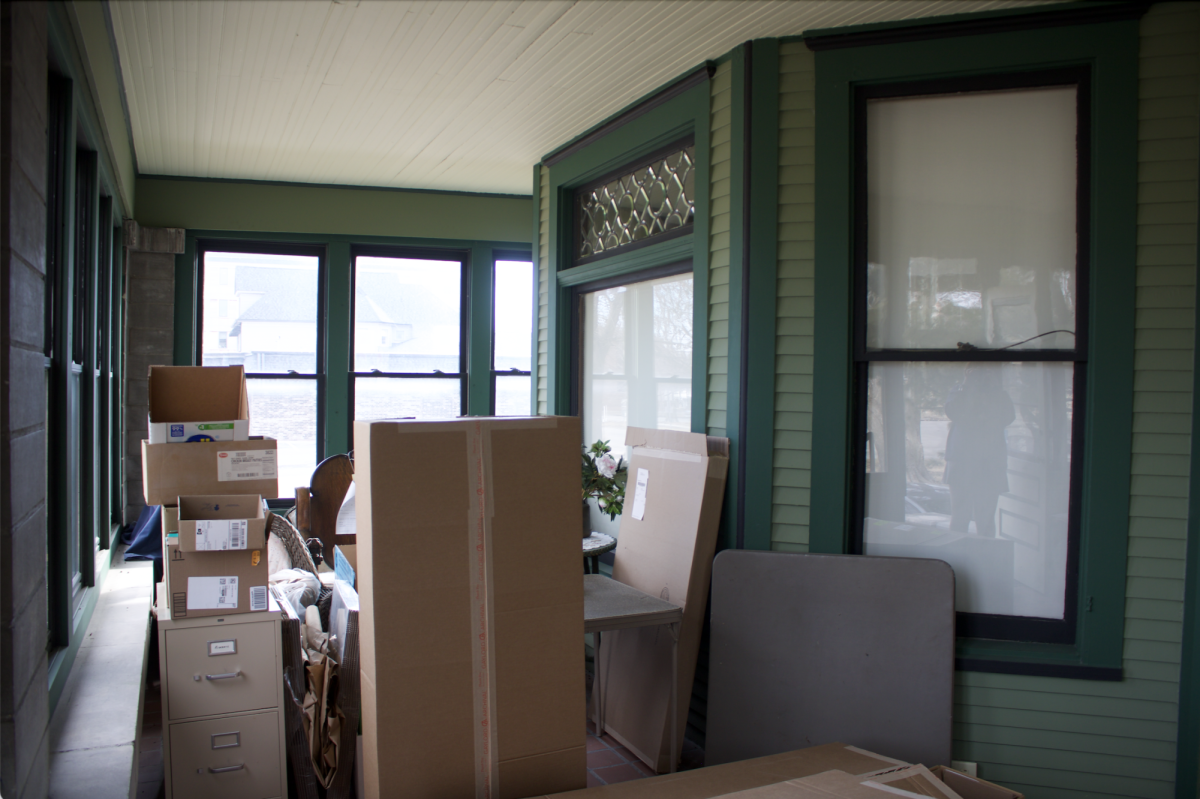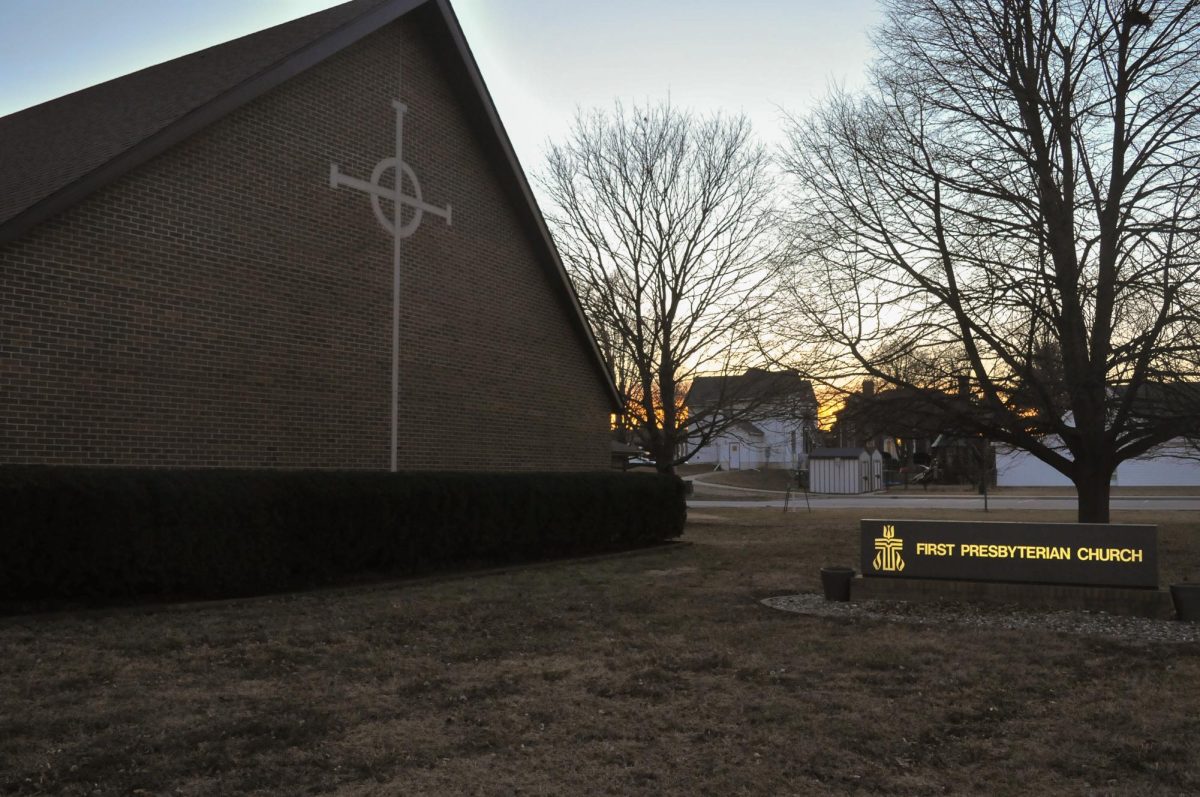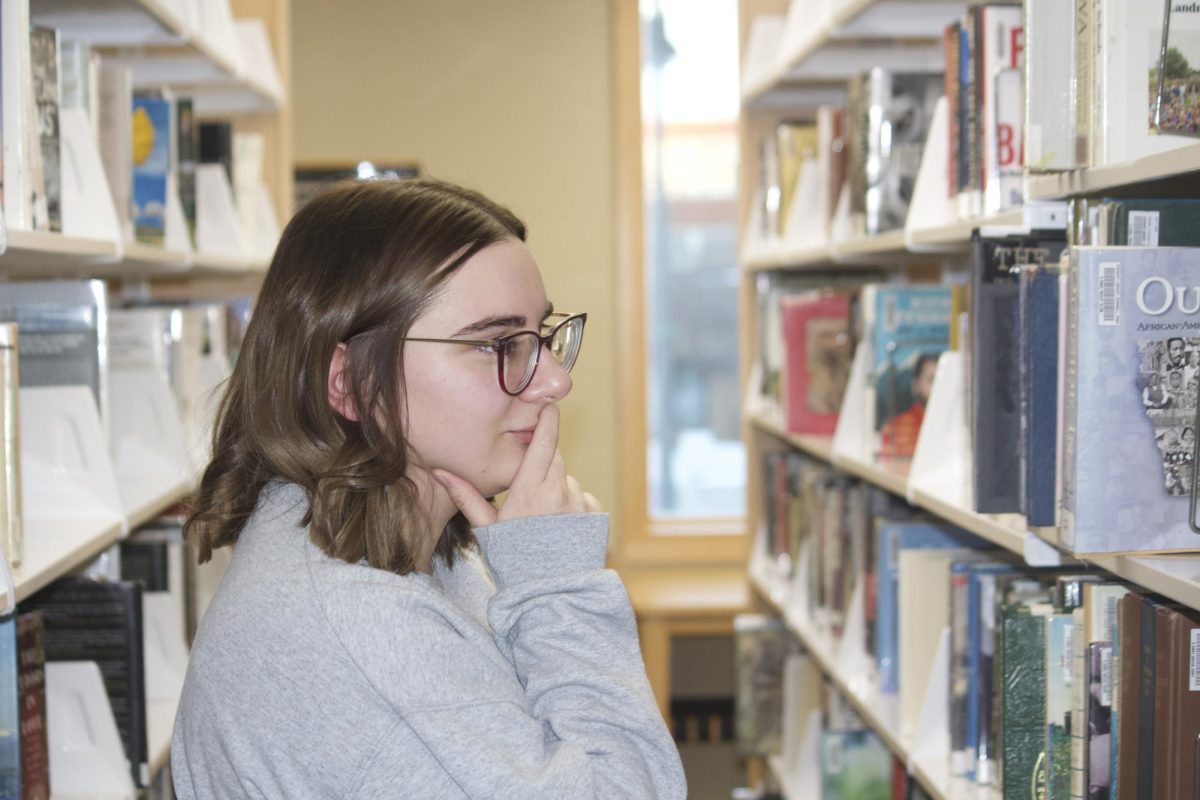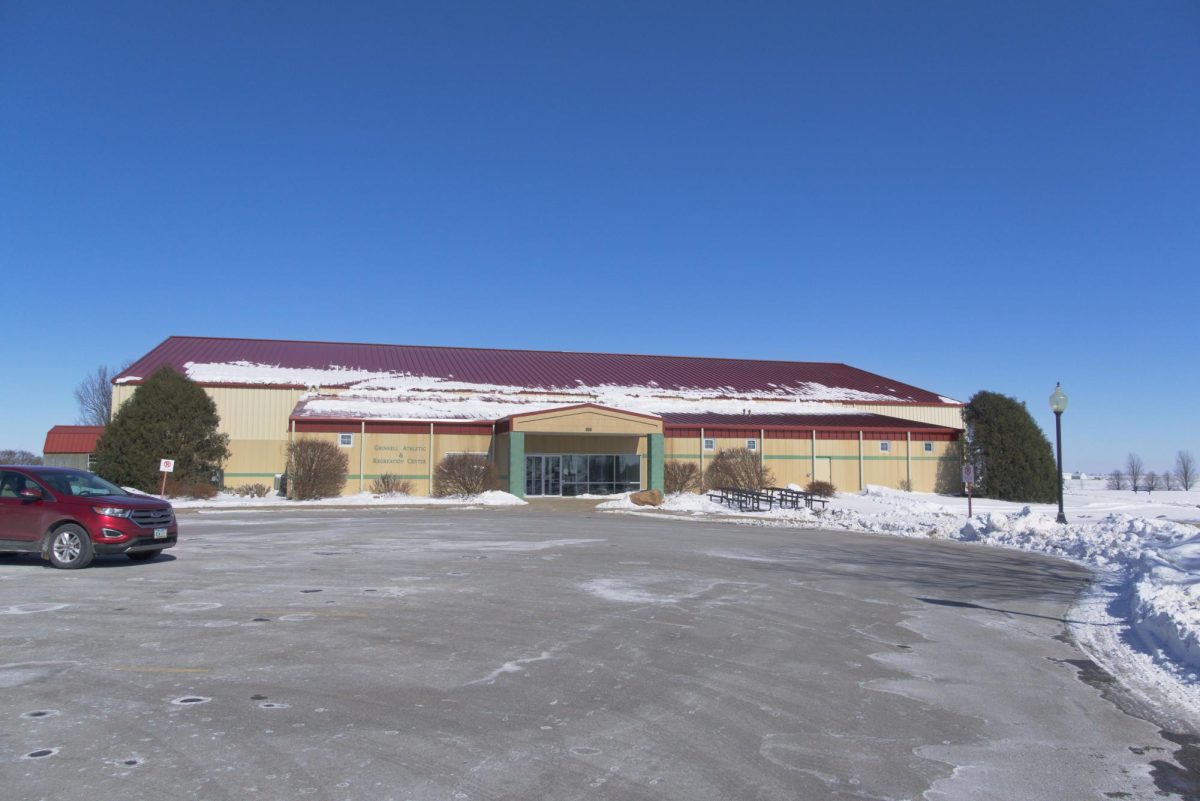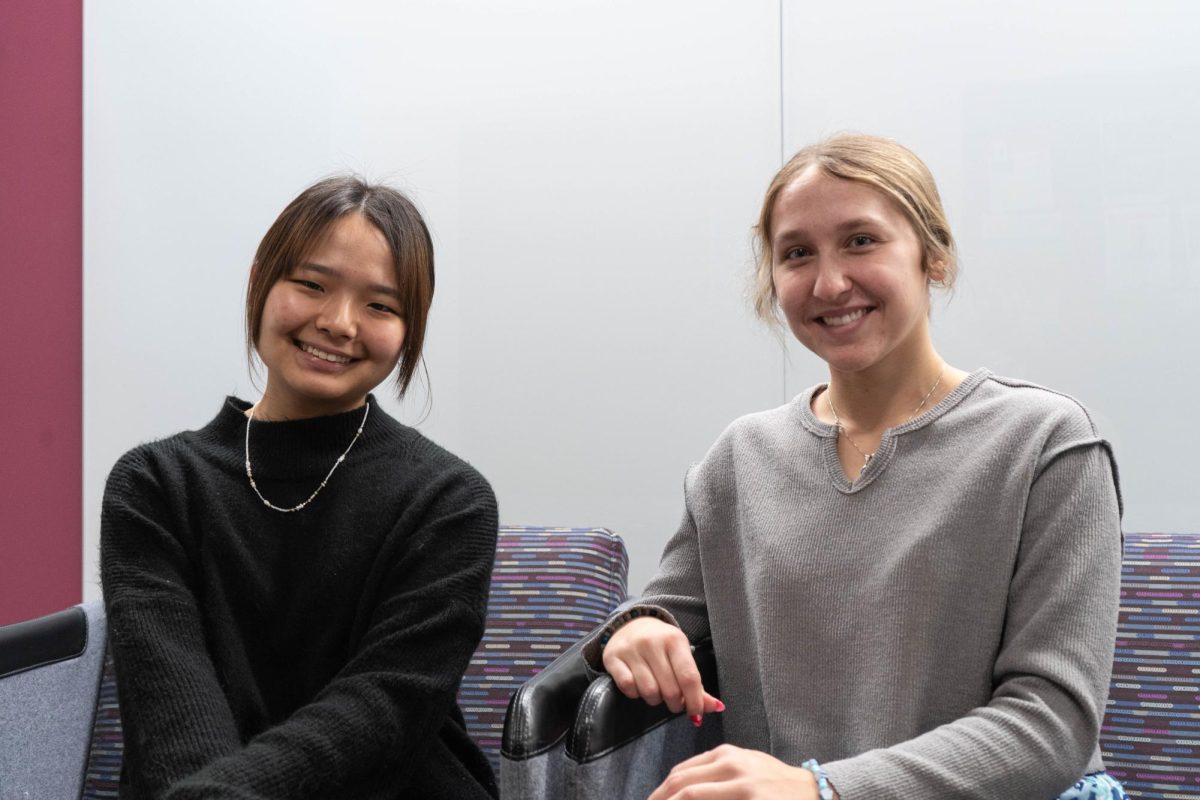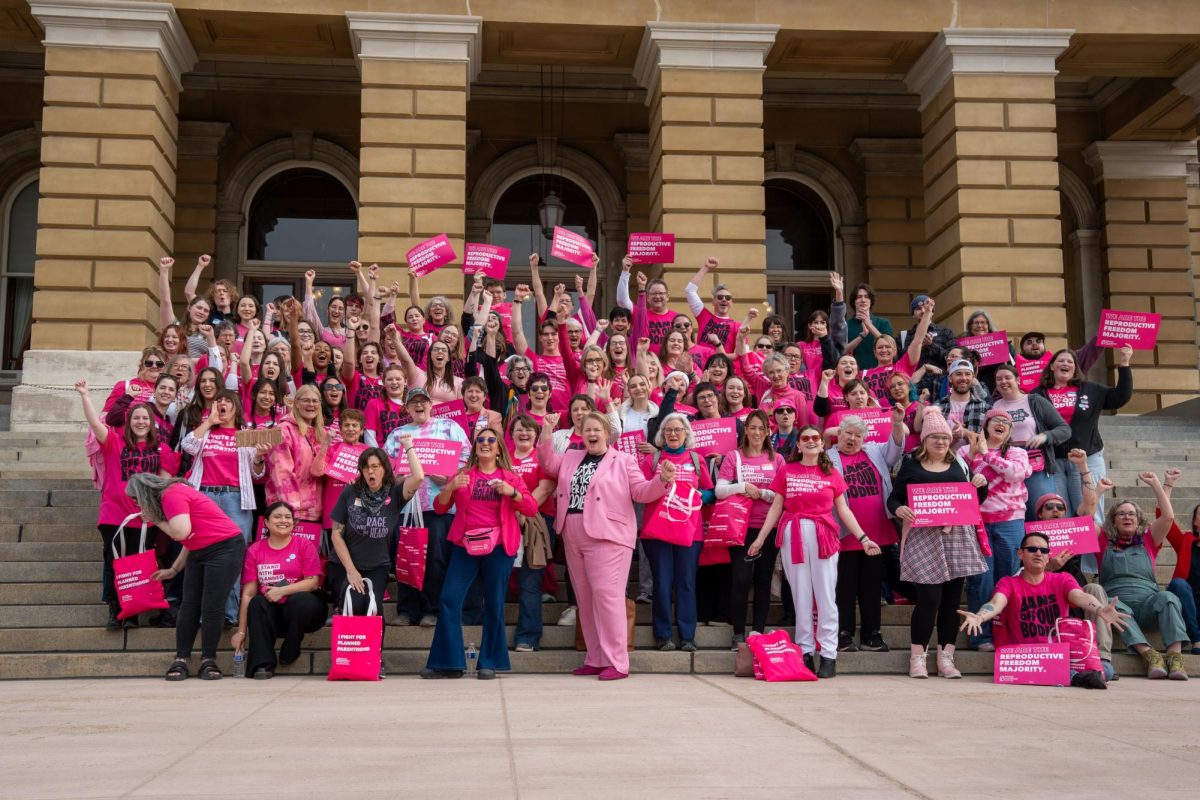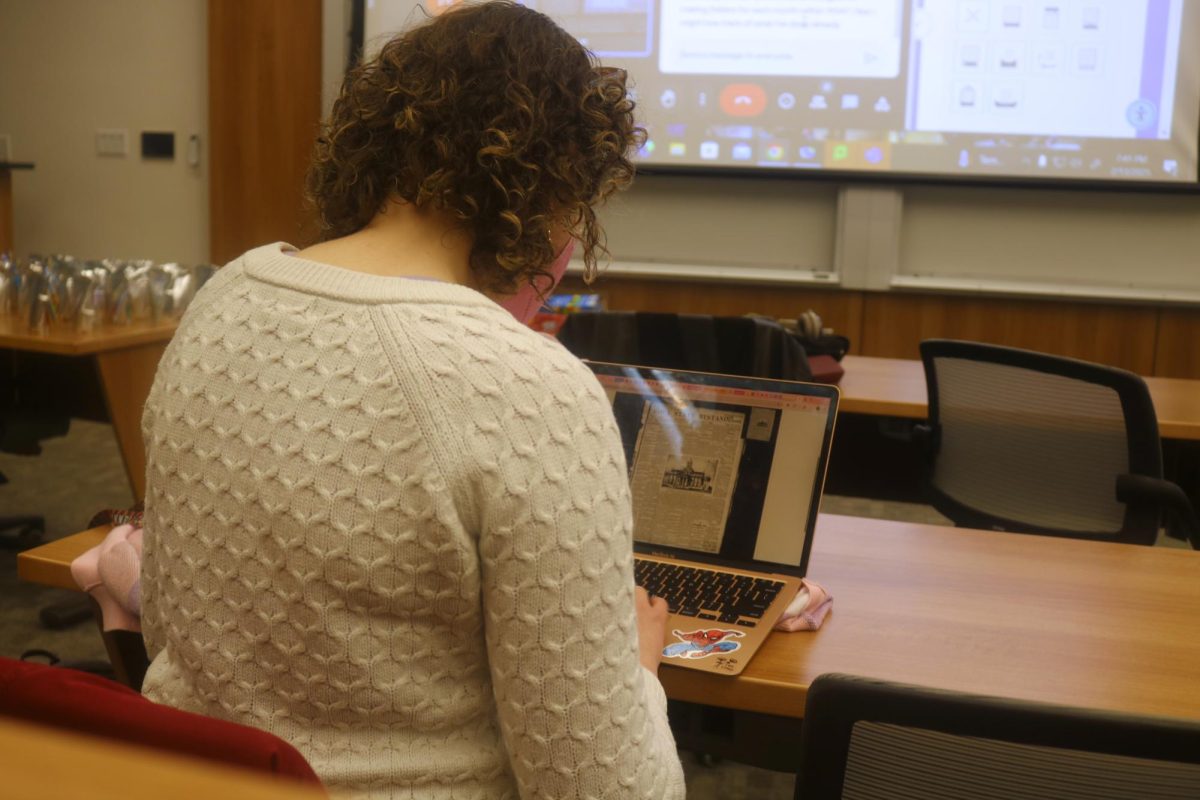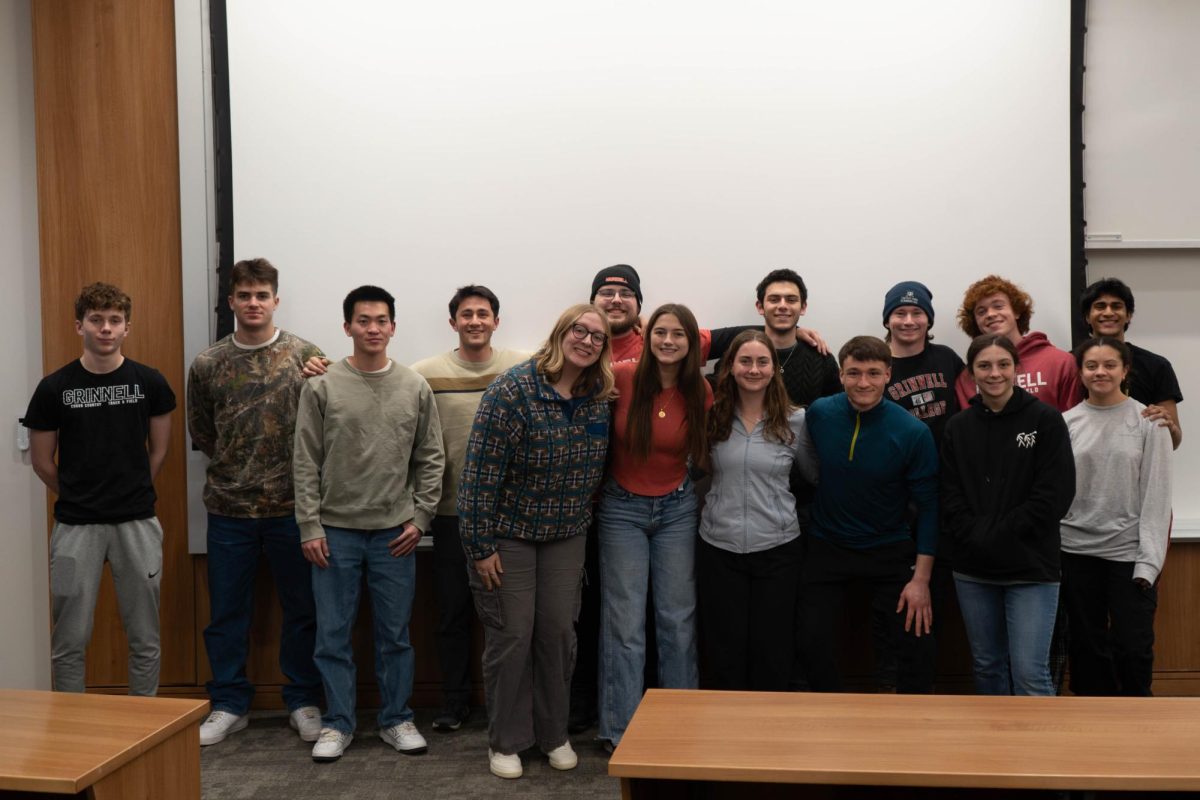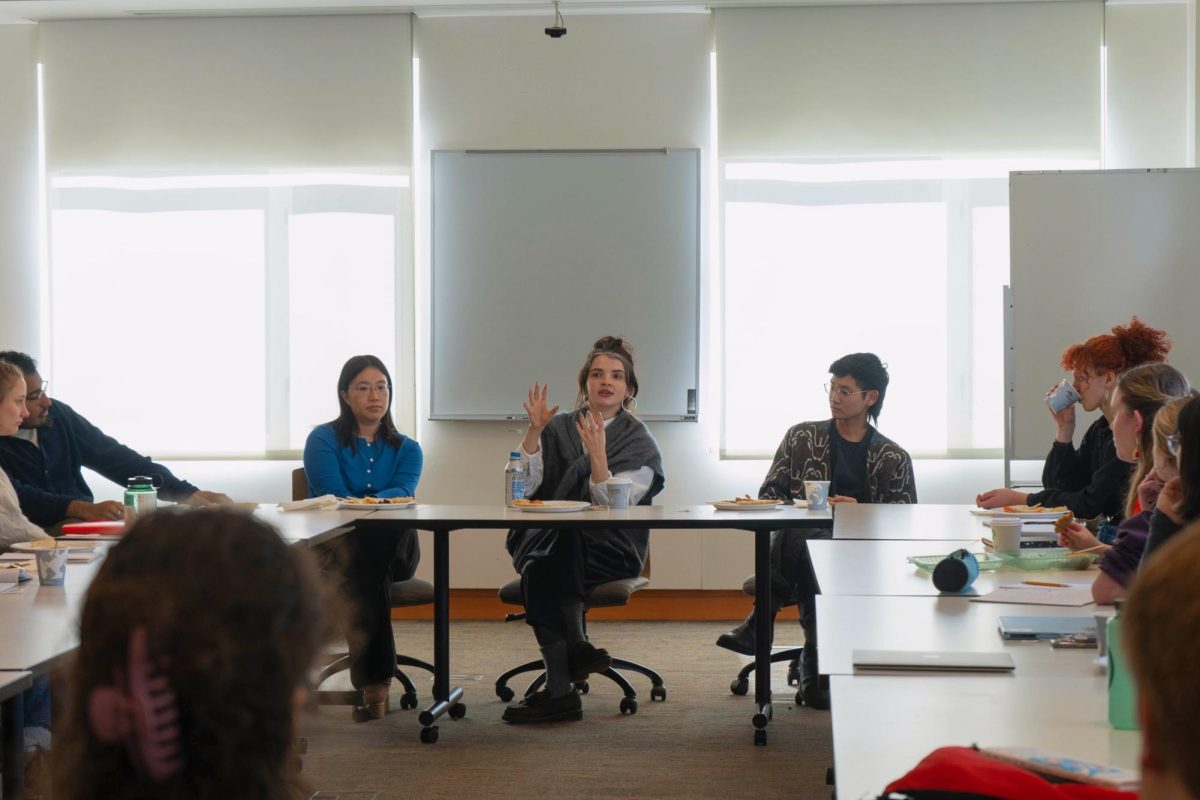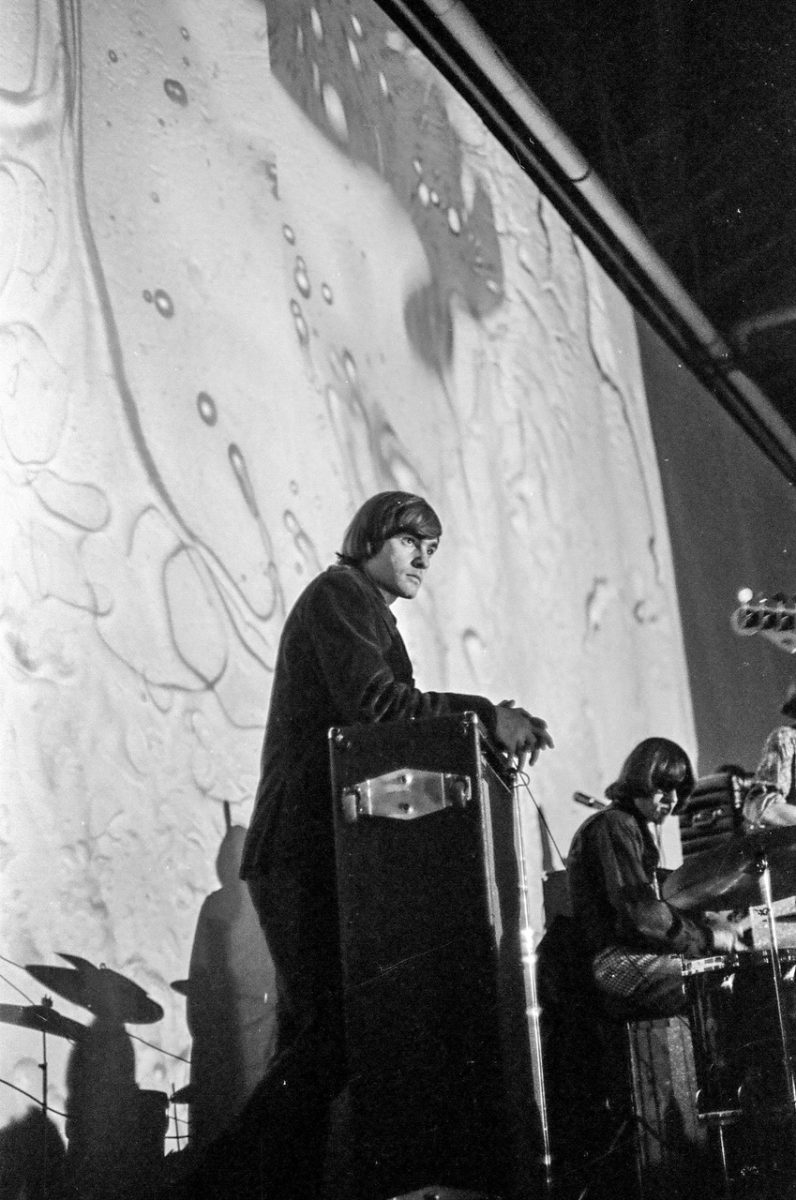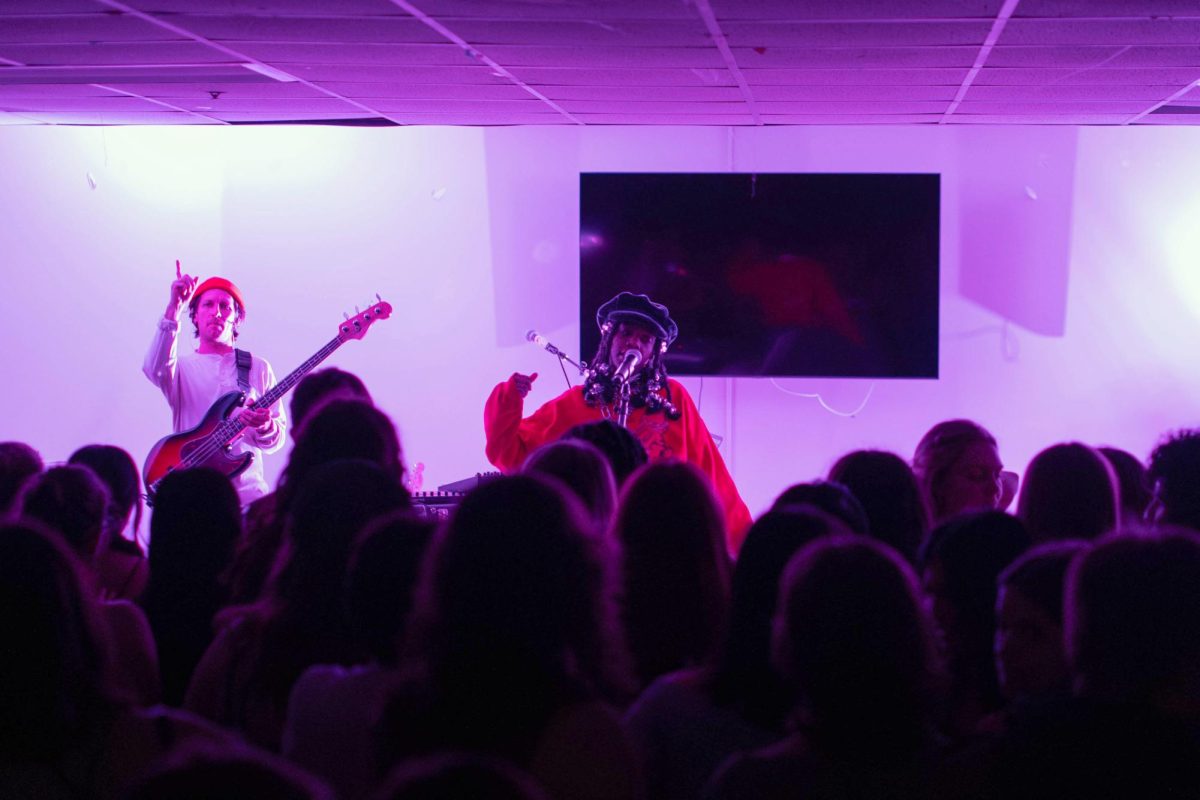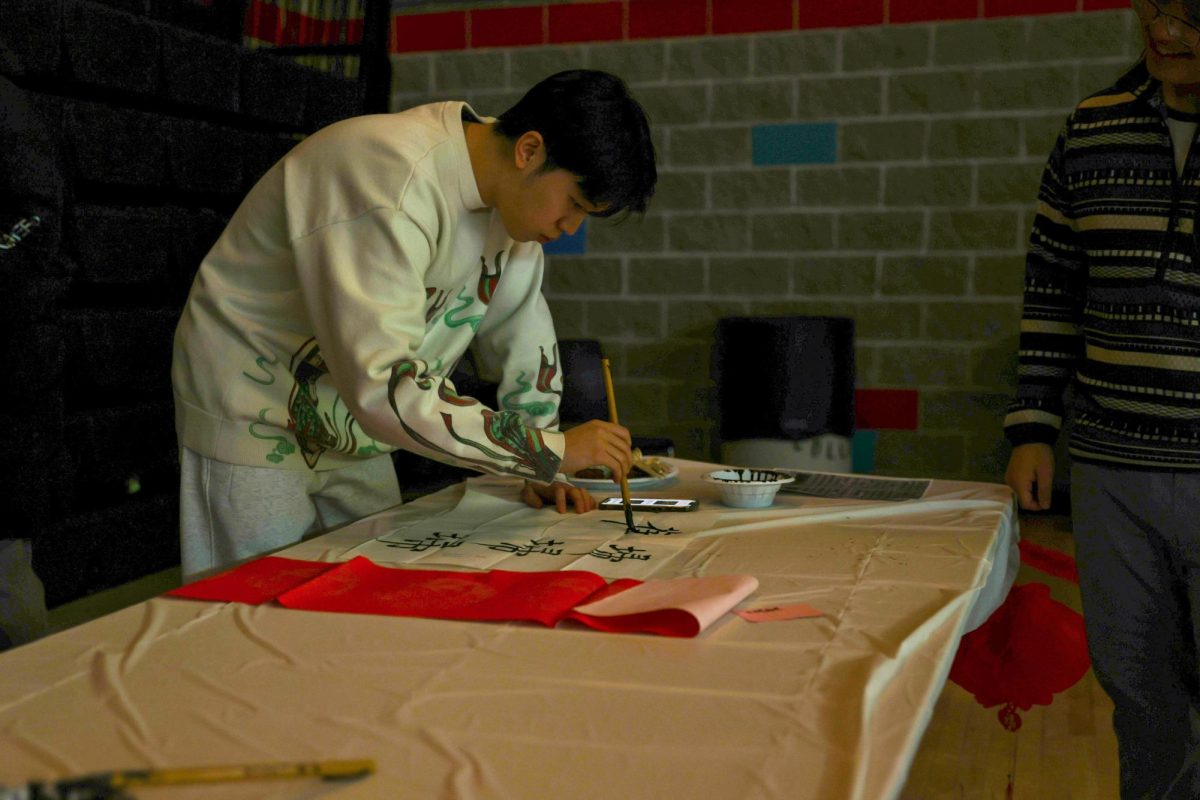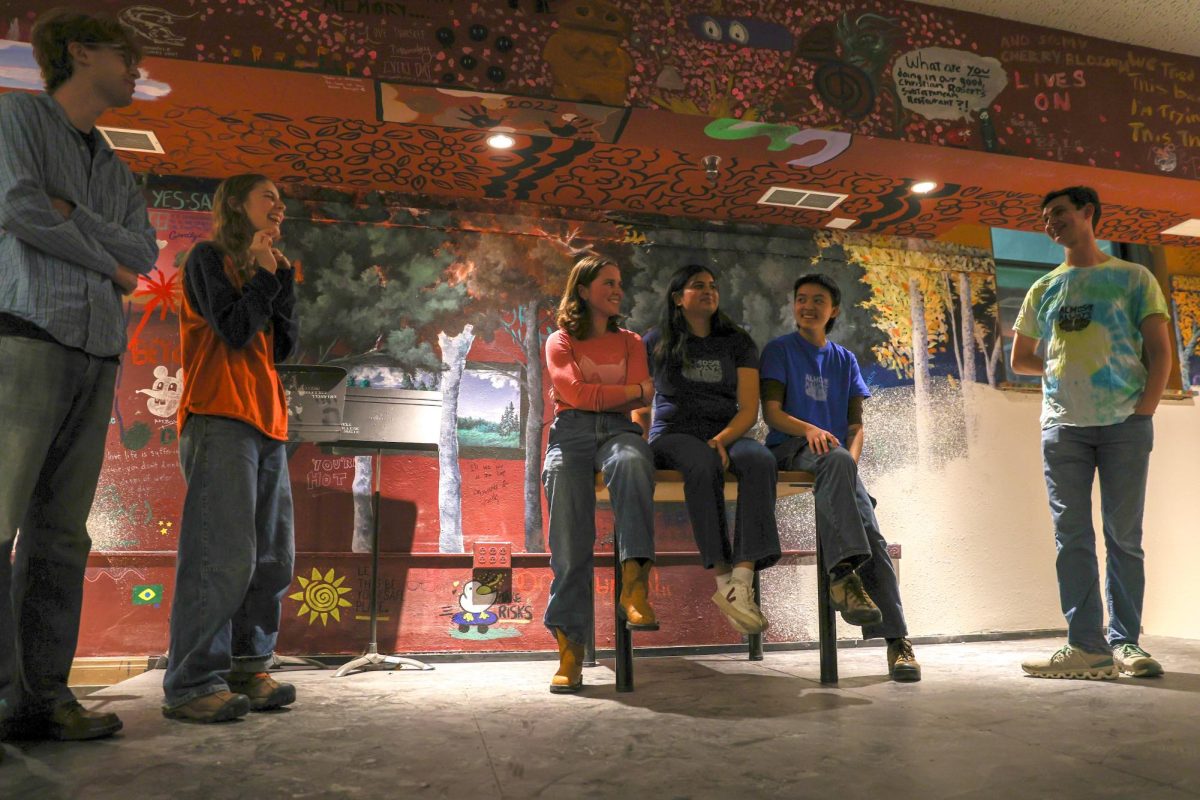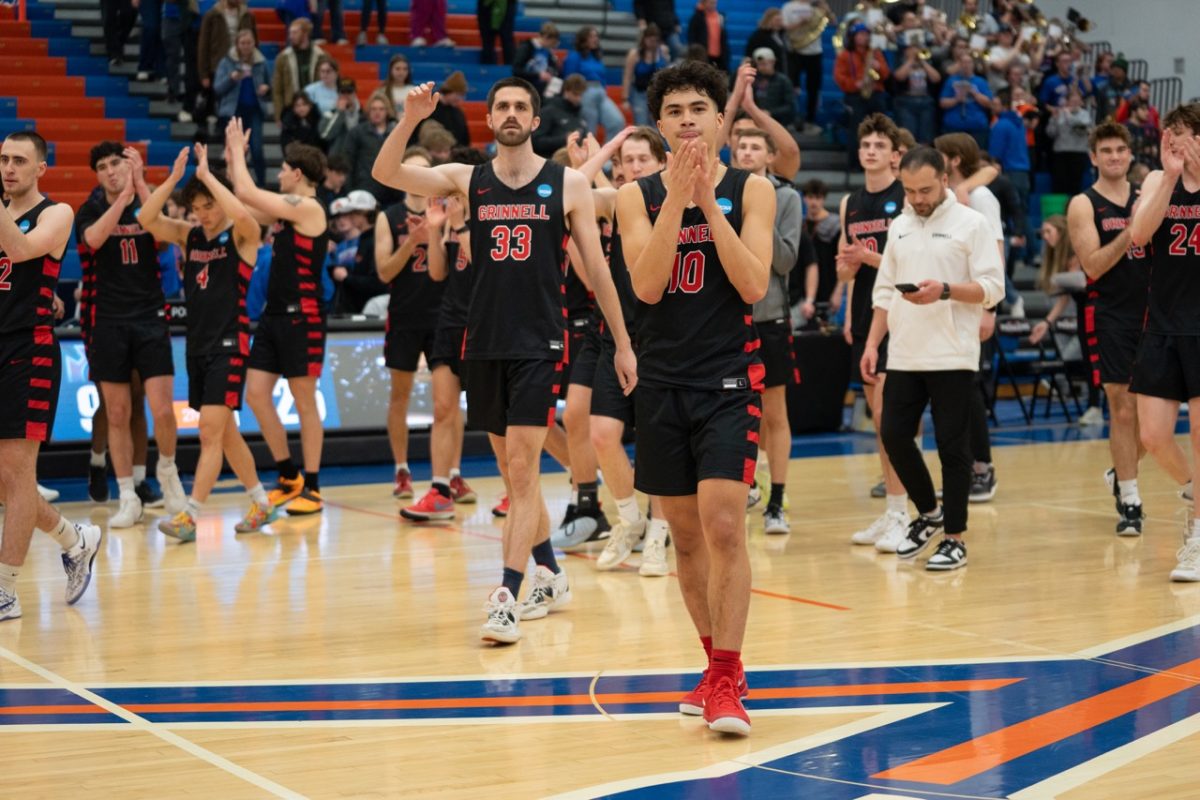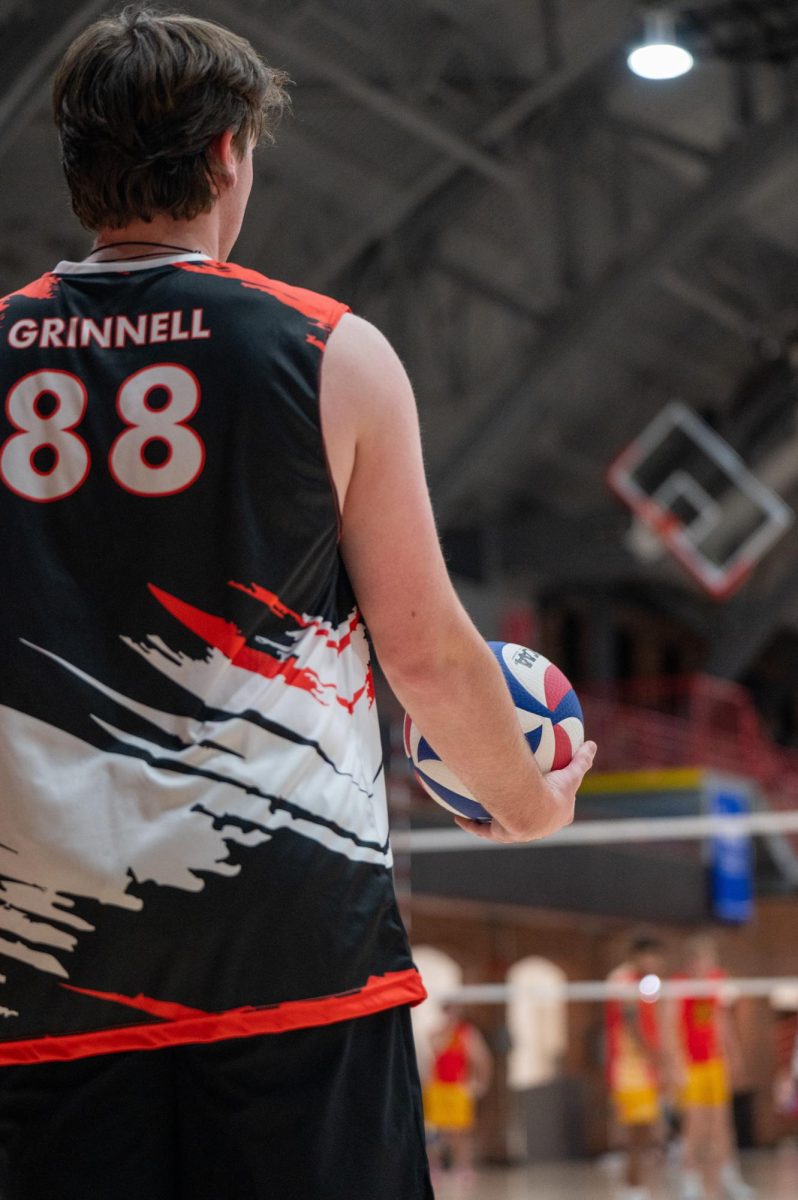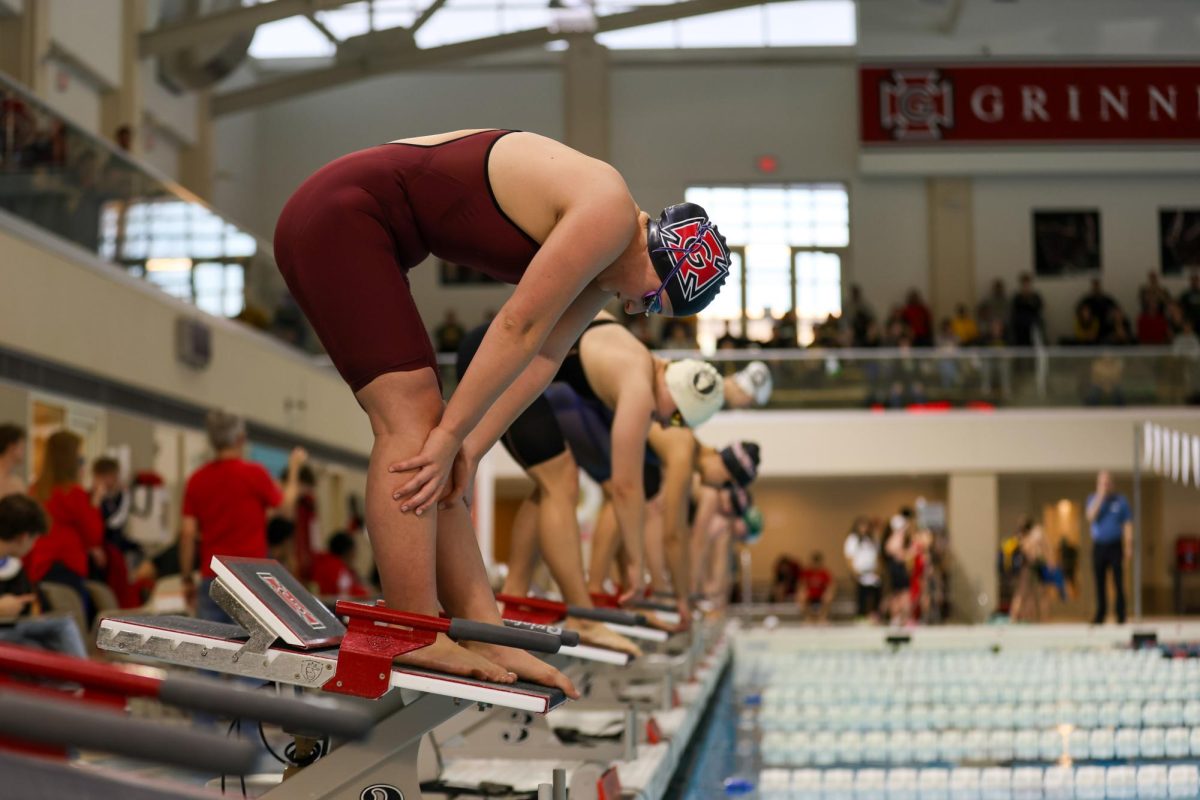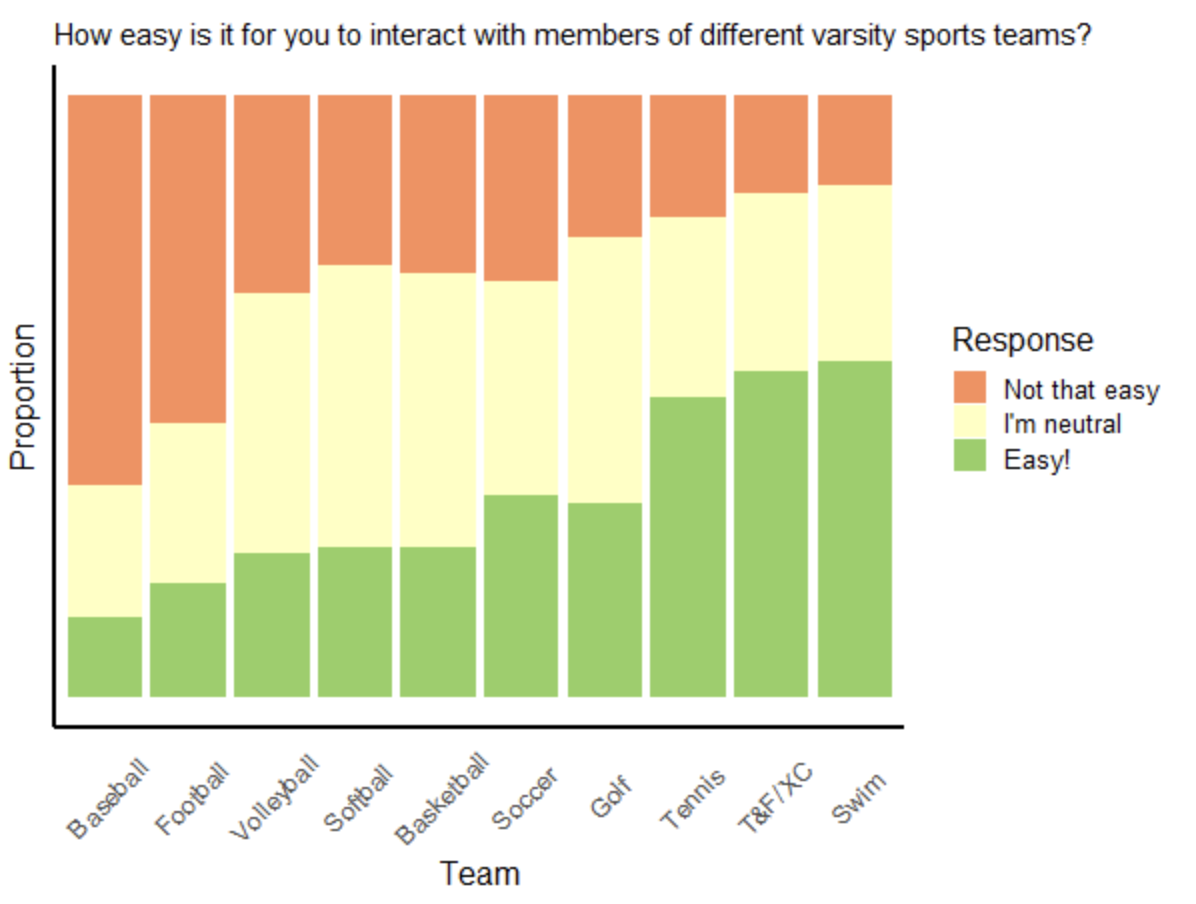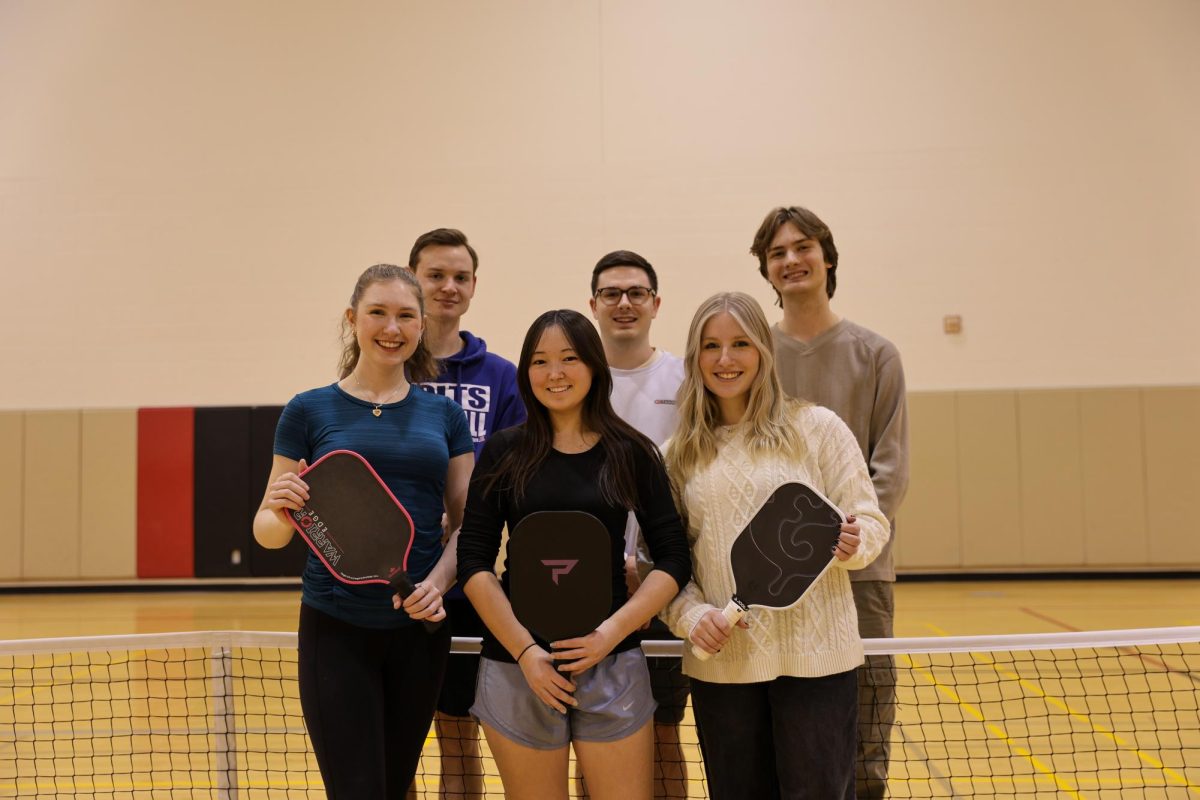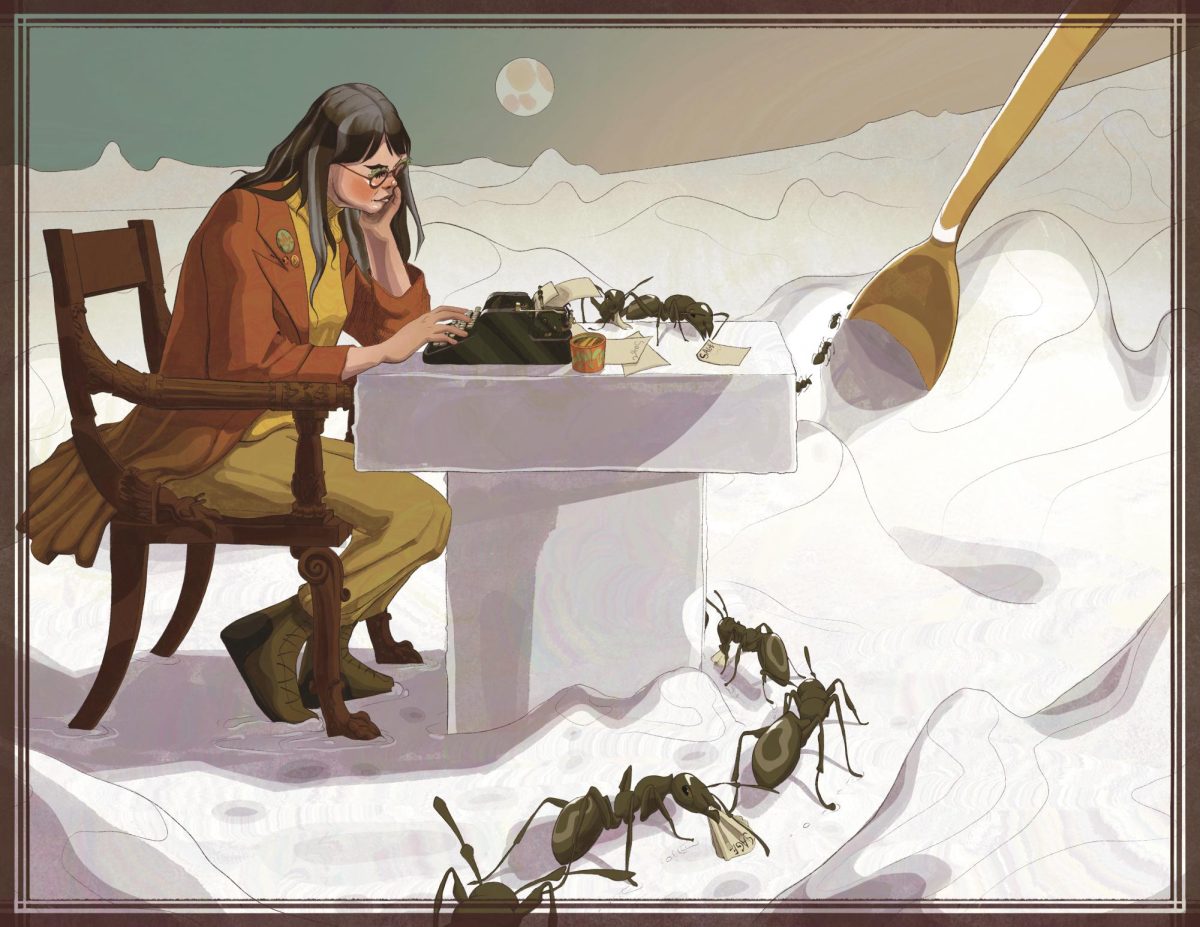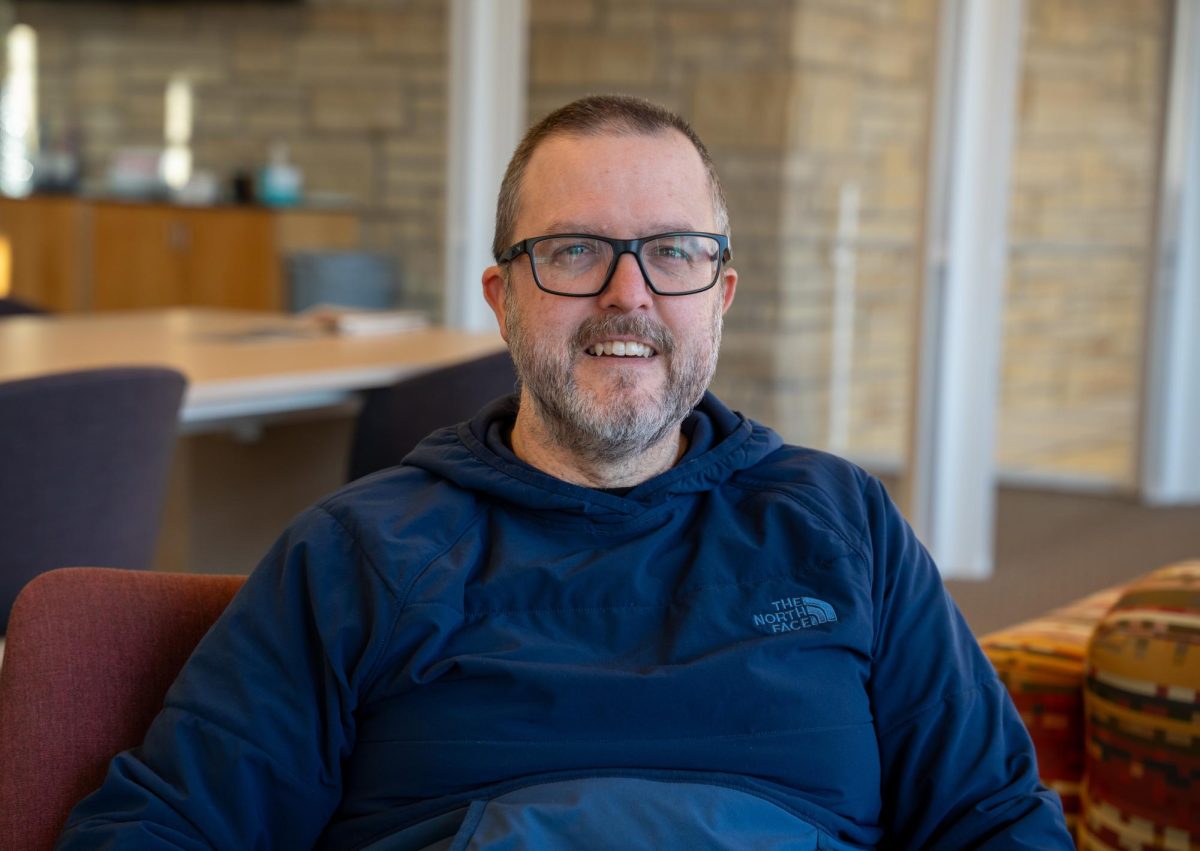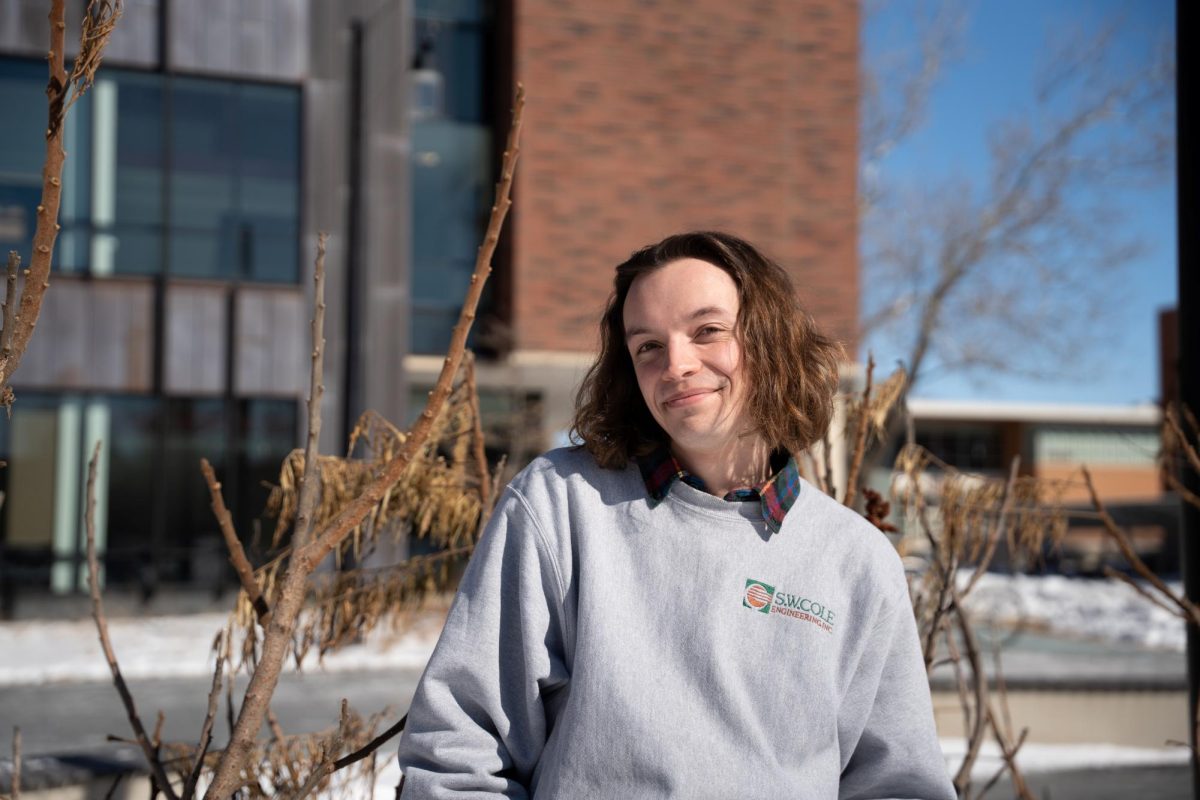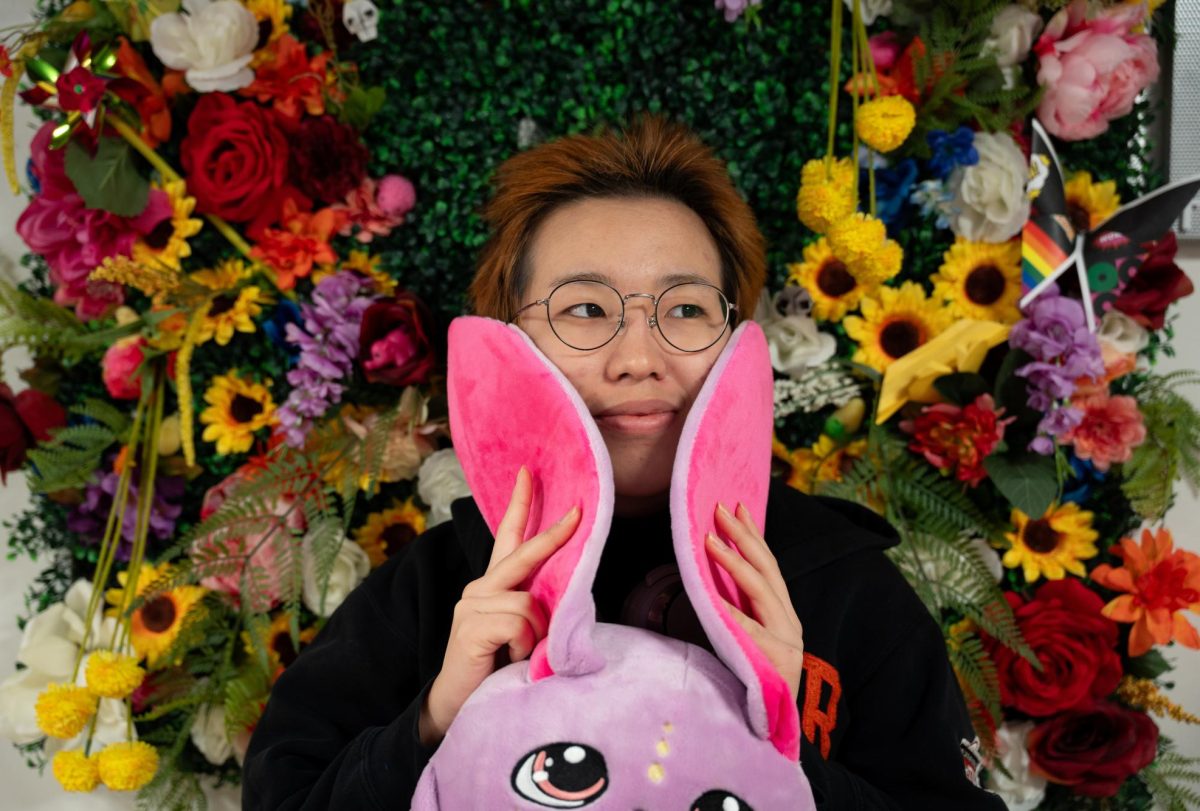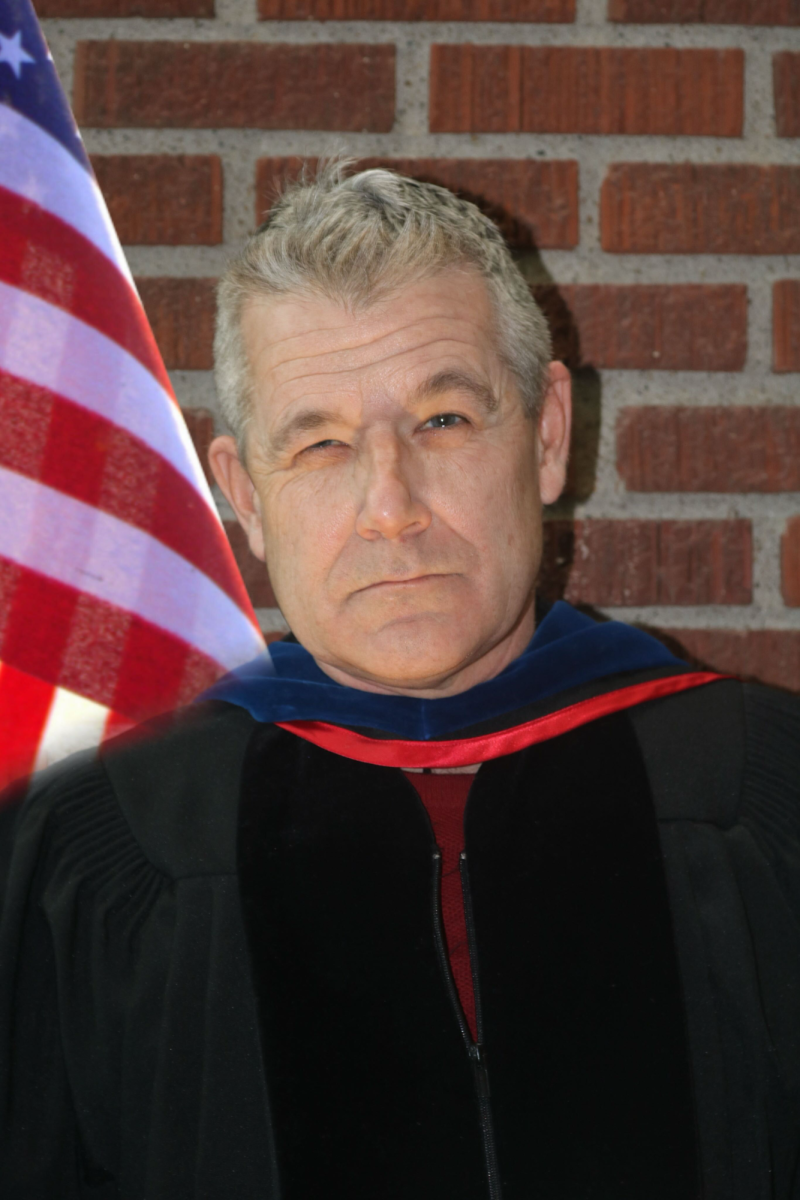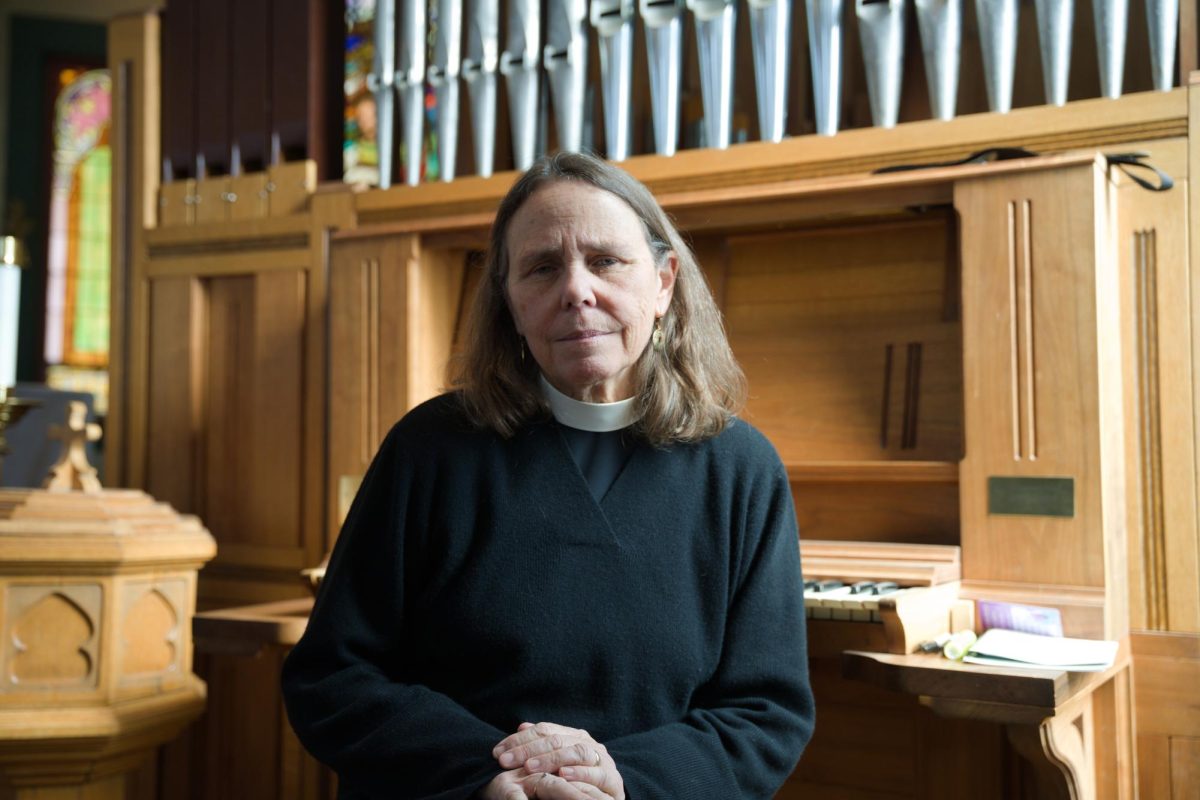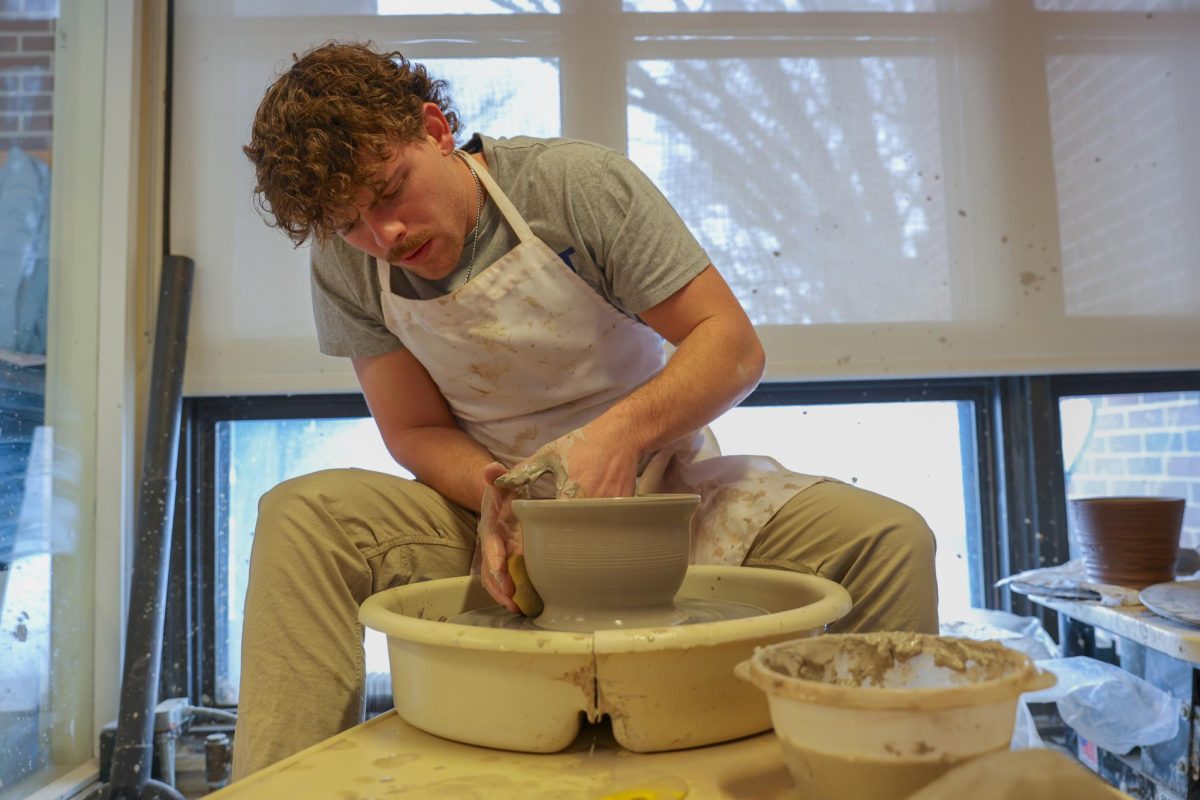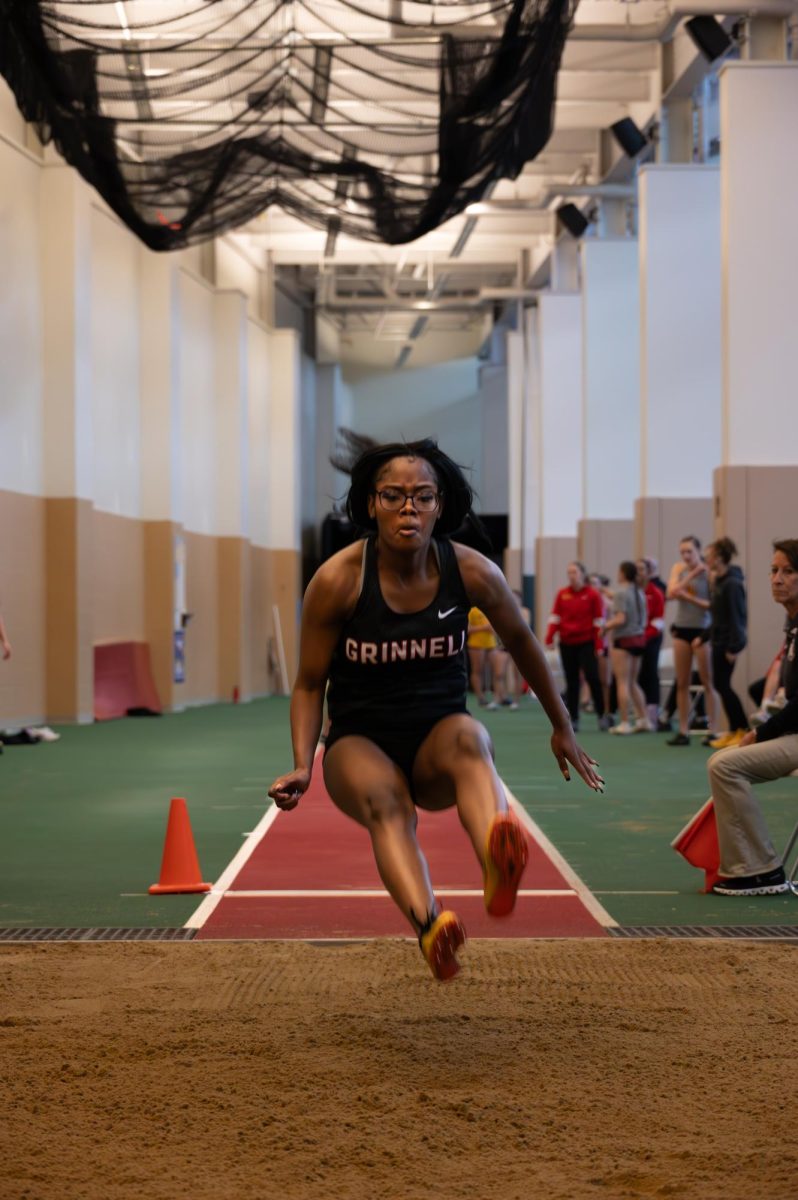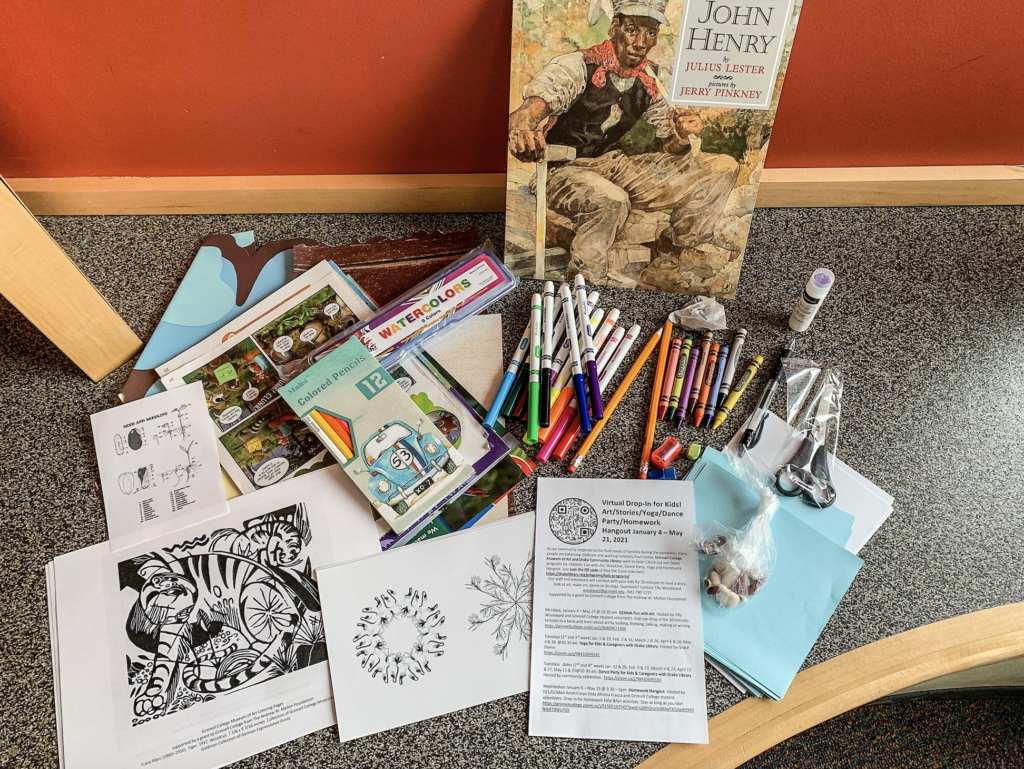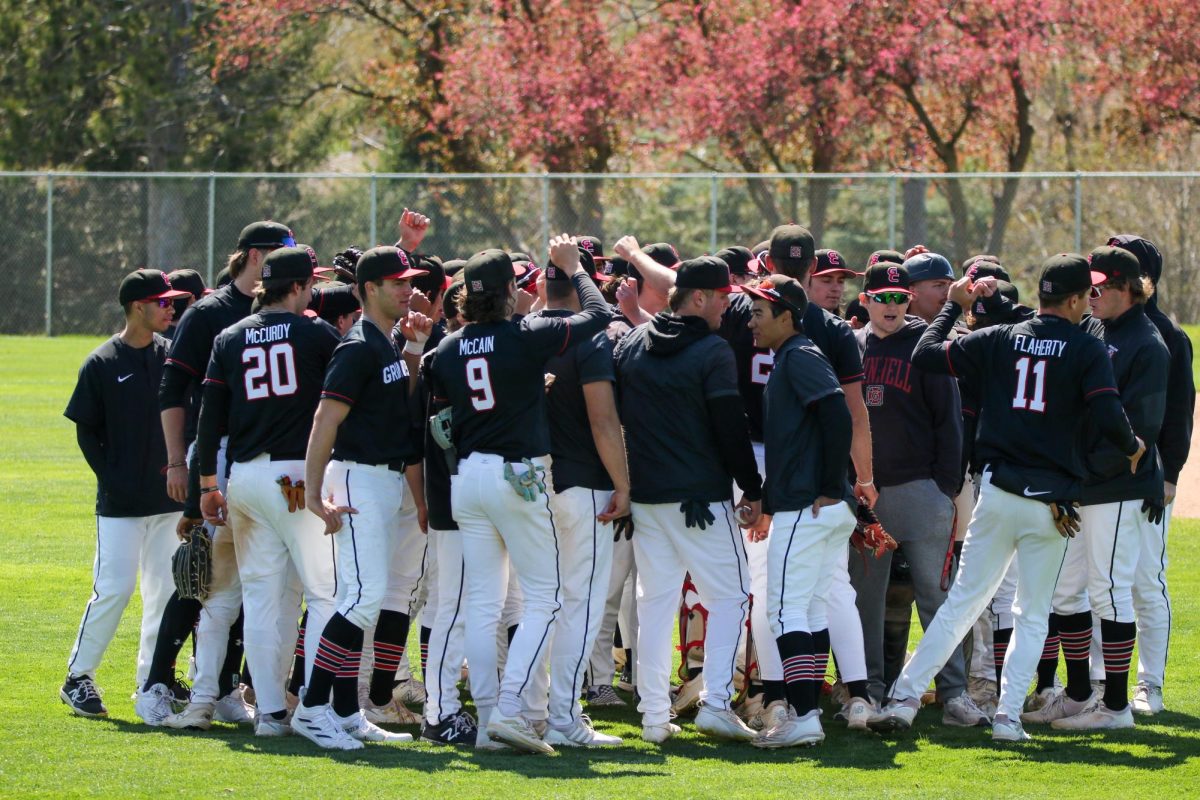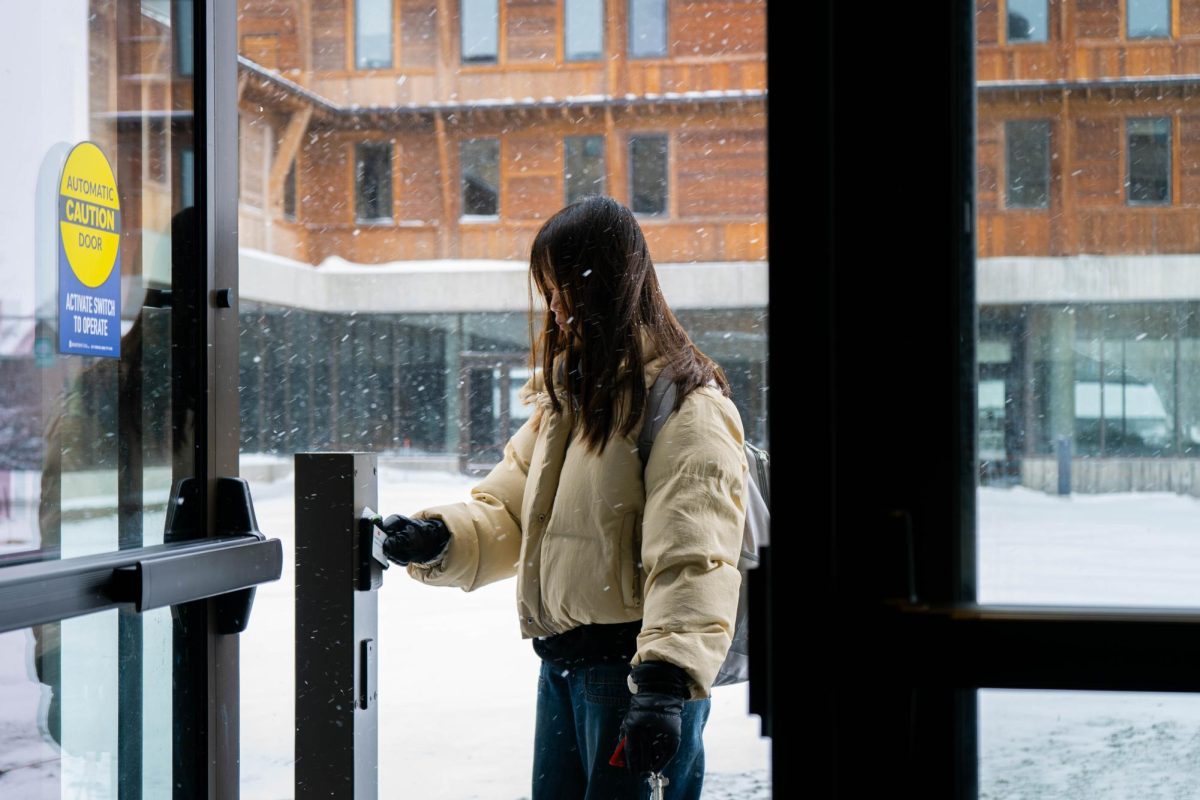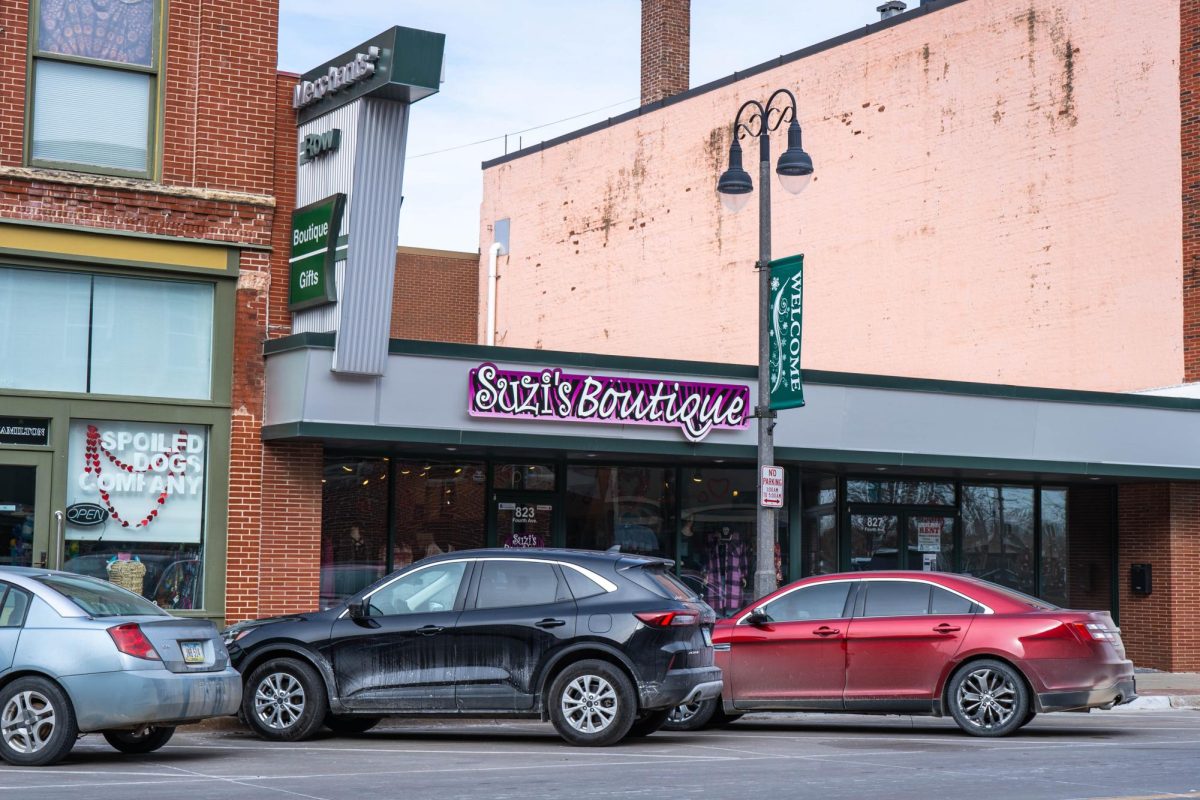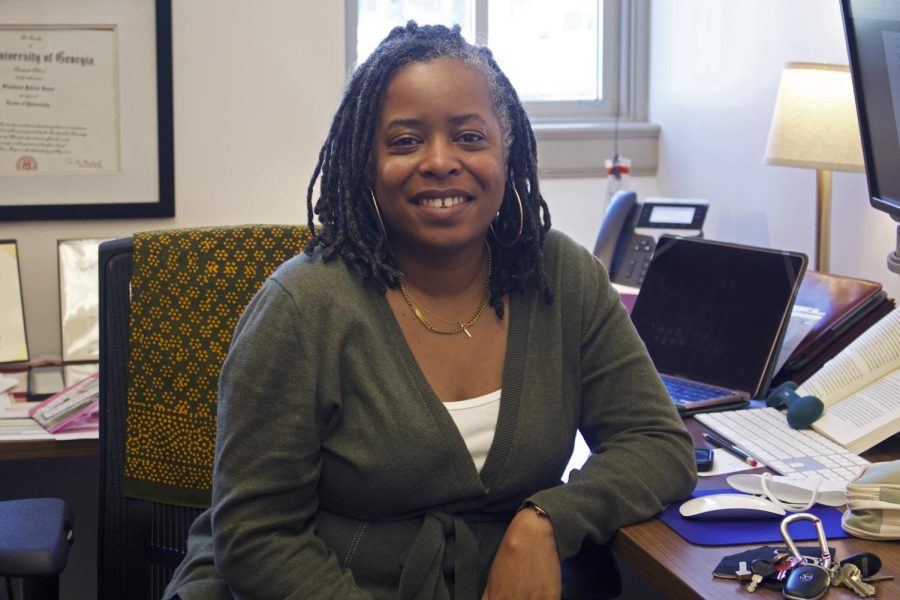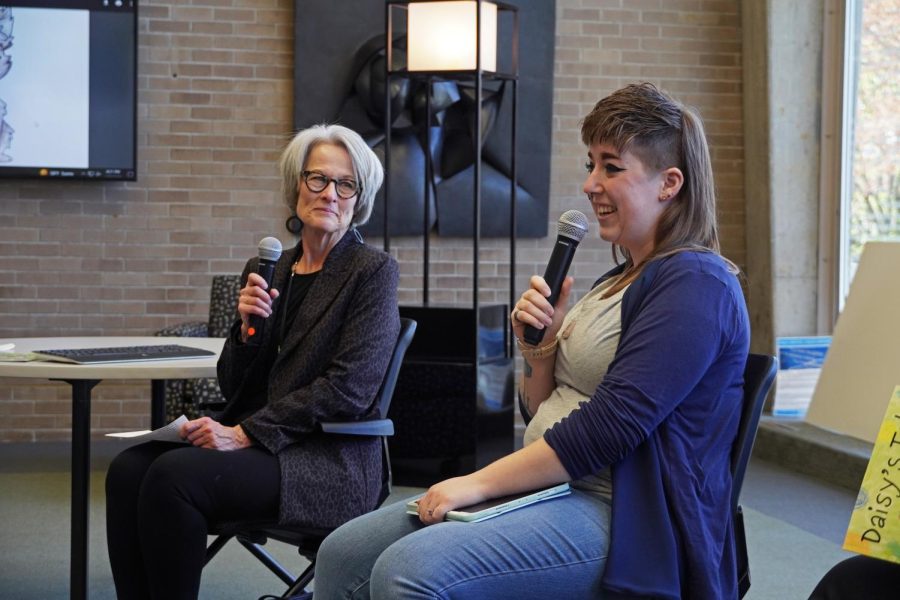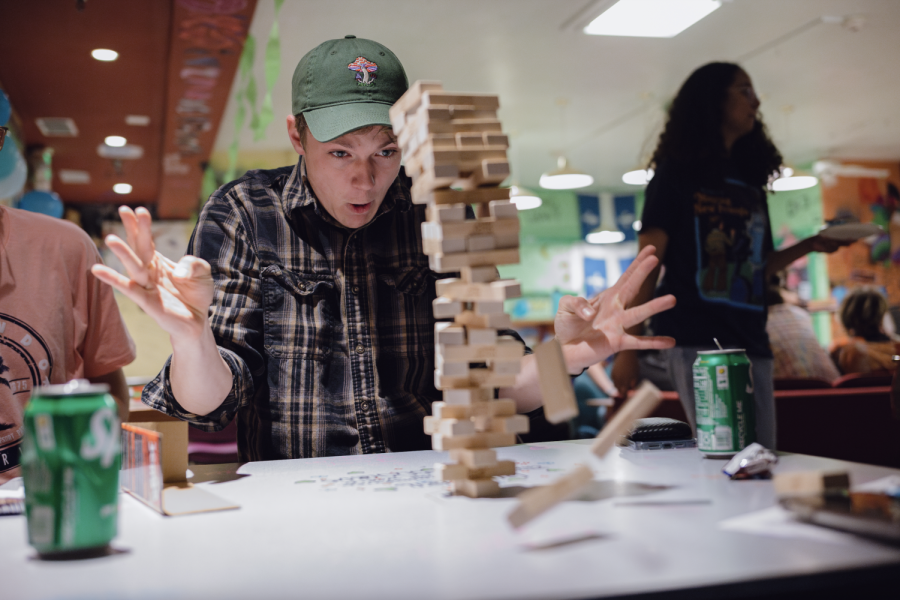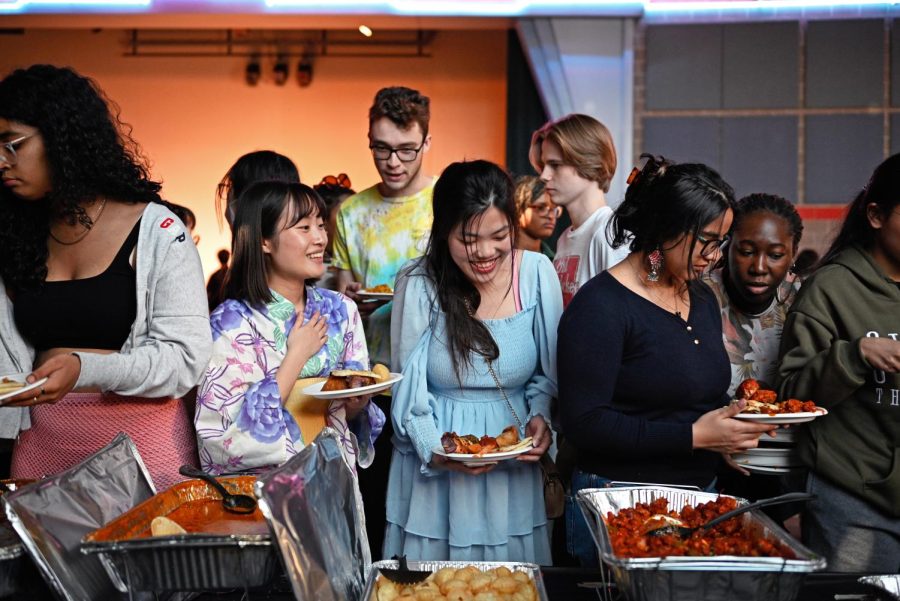Not everyone can become a great artist, but a great artist can come from anywhere. That’s the philosophy behind Grinnell’s new Cultural Capital for Children project, which started distributing bags of literature and art-making supplies to middle school students and select Mid-Iowa Community Action (MICA) families back in January, and is now scheduled to continue through the summer.
Activity bags are the main component of the program led by the Grinnell College Museum of Art (GCMoA), Drake Community Library, Grinnell Educational Partnership, MICA and the Grinnell Middle School Tiger Pack program.
The Cultural Capital for Children project is a continuation of last summer’s larger-scale collaboration between the Drake Community Library and GCMoA, which created 1,200 curbside pick-up bags of art supplies and activities that were distributed at the Library. After seeing that program’s success, Grinnell College alum, Ziggy Thétard `20, an AmeriCorps VISTA member serving at the Grinnell Education Partnership as the Healthy Readers Task Force Coordinator, approached Tilly Woodward, curator of academic and community outreach at GCMoA, to start another, similarly collaborative program that ran during the school year.
Woodward liked the idea and decided to reapply for funding from the Andrew W. Mellon Foundation which had supported the Museum and Library’s initial summer program.
“It seemed like it was hitting a lot of different markers by providing for cultural capital as well as literacy activities and hopefully making life a little bit better during a really difficult time,” said Woodward.
Woodward recognized the strains the pandemic had placed upon middle school children in particular. The existing Tiger Pack program, which aids in feeding middle schoolers who need extra nutritional support, became the mode for regular distribution of most activity bags. But the Cultural Capital for Children project extends beyond just middle schoolers to certain families with infants and preschool children, identified through MICA, which serves low-income families and supports the developmental needs of their children.
“Early learning, that is such an important thing. And encouraging kids to draw, scribble when they are very, very young,” said Woodward. “There is research that shows that that helps them build skills that will help them when they do begin reading.”
While food will continue to be provided in the packs through the Tiger Pack program’s existing operations, the support of the local organizations has shifted the packs from uniform, premade packages created in bulk at the beginning of the year, to a unique weekly creation with multiple options to choose from.
The GCMoA creates activity postcards for the packs featuring images from the Grinnell College collection, coloring sheets of art from the collection and supplies for a creative activity. The Drake Community Library contributes books and the Library staff has pitched in to stuff the bags as the weekly program has become labor-intensive. Amy Miller, a social worker at Grinnell Middle School, then delivers the bags to classrooms so that teachers can distribute them to the students.
“I went back to school a couple years ago and got my K-12 certification and in my coursework the importance of cultural capital in children’s education was something that was discussed frequently,” said Woodward.
The term cultural capital was coined by Pierre Bourdieu to convey how certain activities and habits are associated with socioeconomic groups and can be used to navigate class hierarchies. From the types of sports that are consumed by a socioeconomic group to the ability to talk about literature or art, cultural capital is used to determine class and status, amongst other characteristics.
Grinnell College Professor of Sociology Ross Haenfler said he could see the correlation between the project’s name and its goal of combatting exclusivity of classes in the art world.
“Simply having people around you who can give you exposure to art and can take you to the museum; that involves both social and economic capital and that becomes cultural capital to be able to talk about art; to be able to discern what is valuable in art,” explained Haenfler.
“One way to fight back against [exclusivity] is to try to use your power to broaden that access in some ways,” he said. “That art shouldn’t be reserved for middle-class and upper-class people, that everyone should have access to both taking in and talking about art, and also making art.”
Beyond its role in the production of cultural capital, art making can help children deal with the strain of life during a pandemic.
“You can really see some lingering effects,” said Miller about the program. Miller said she sees the students engage with items in the updated Tiger Pack and notices excitement particularly with 5th grade students.
Students can share photos of their art work with the program leaders by emailing woodward@grinnell.edu.
“I hope that there are some seeds and that there will be creativity and engagement that create a sense of meaning in the world,” said Woodward.
